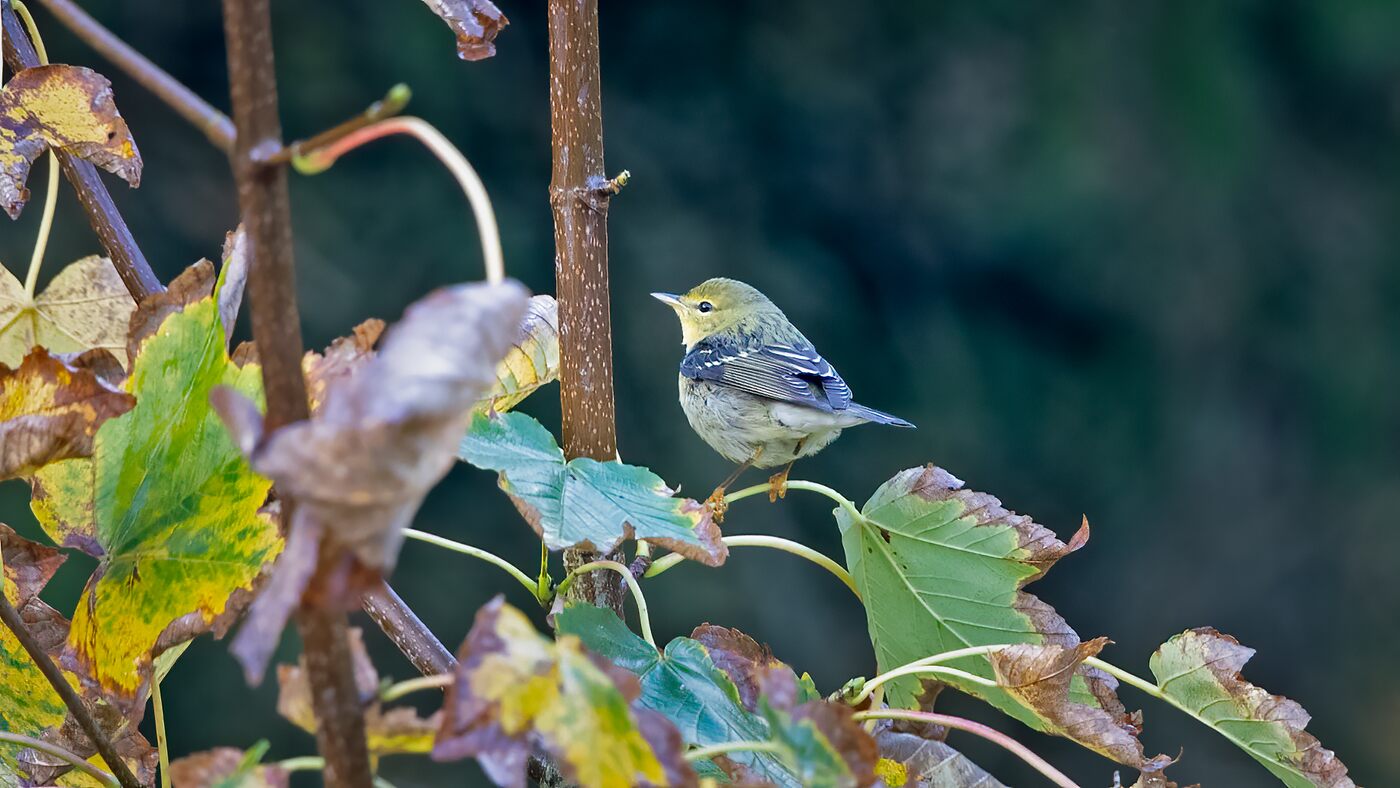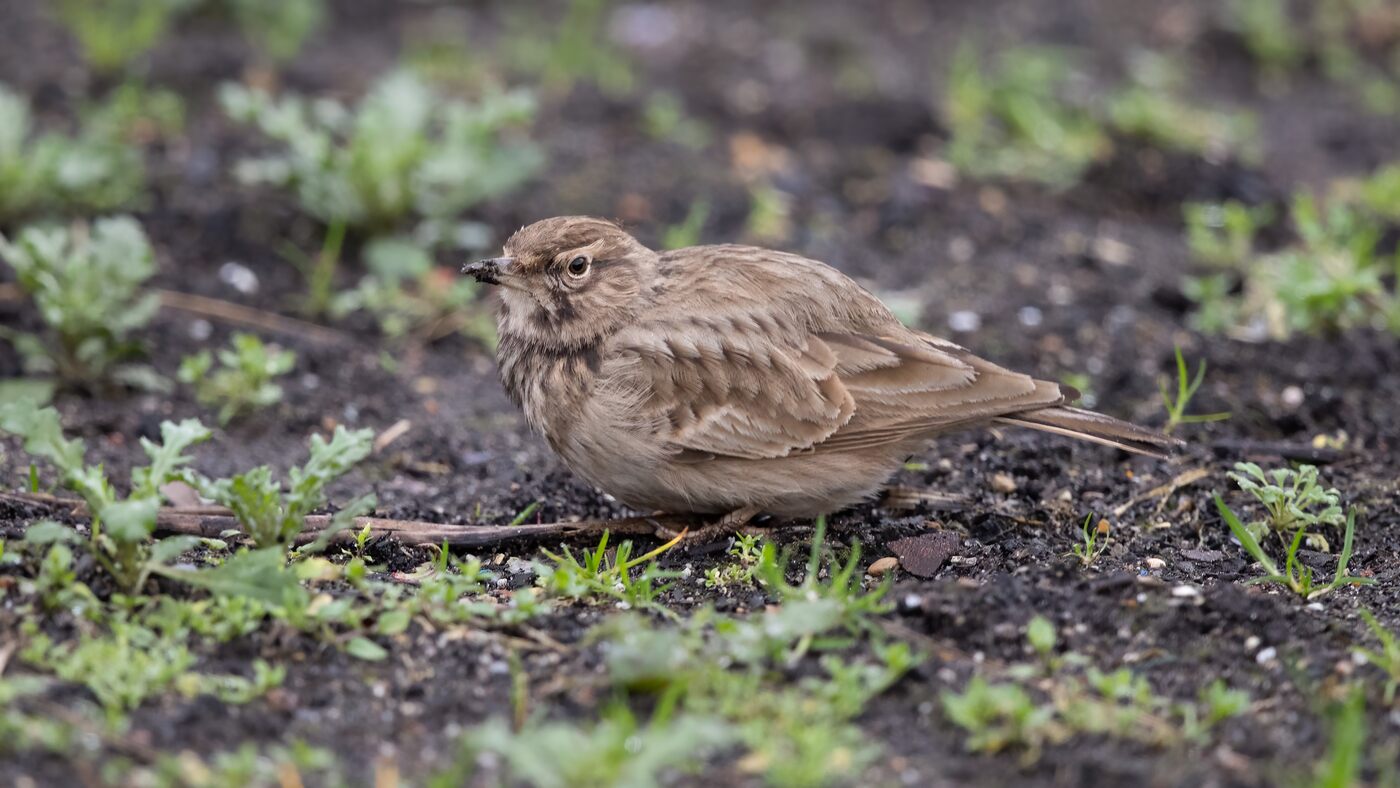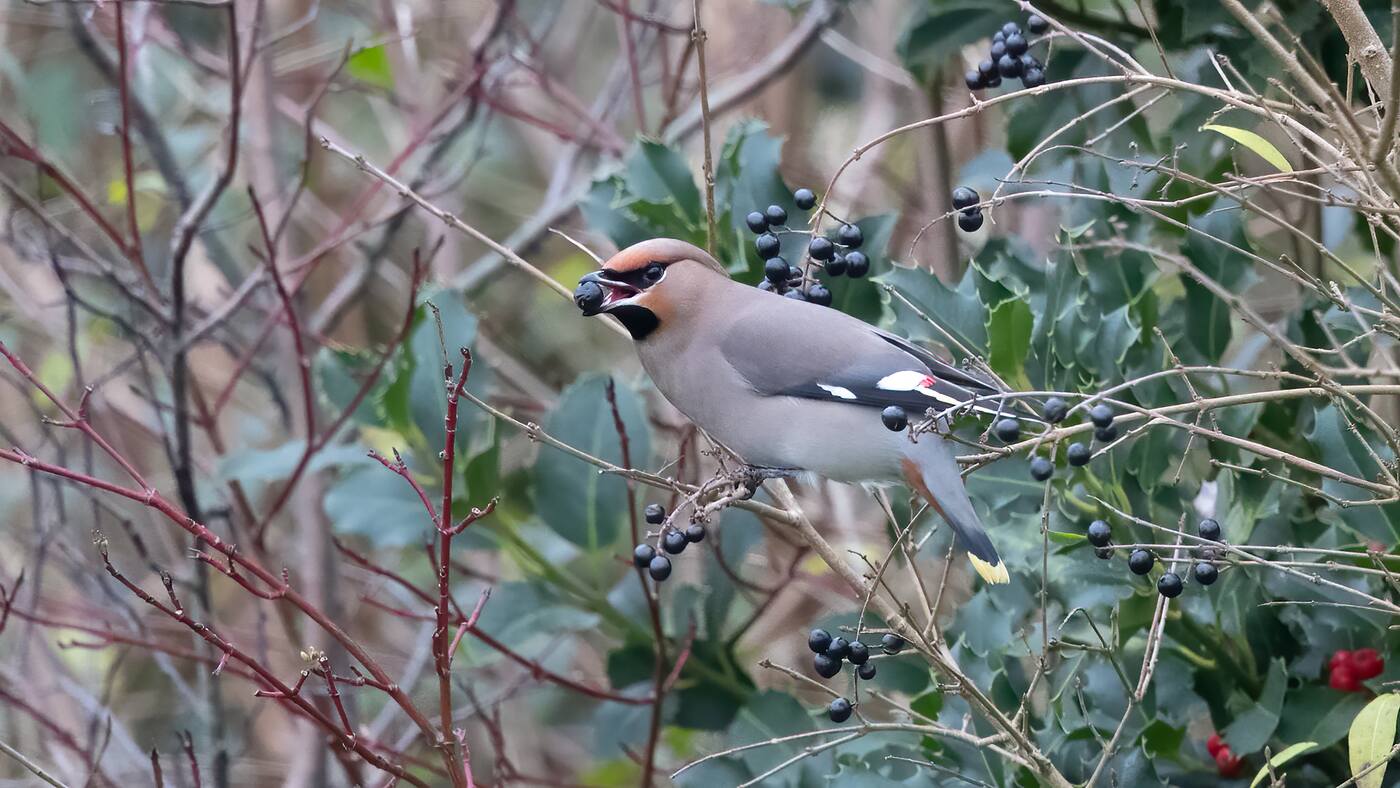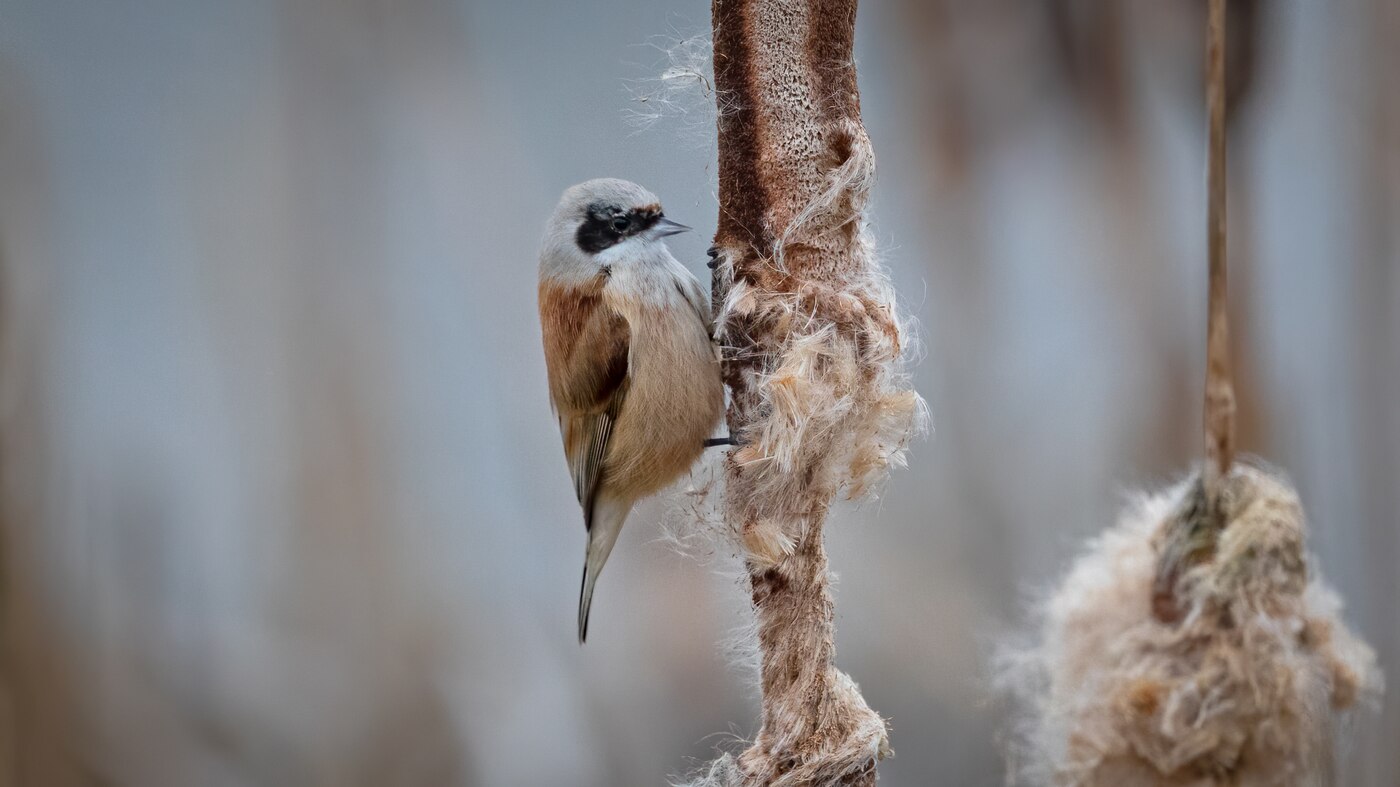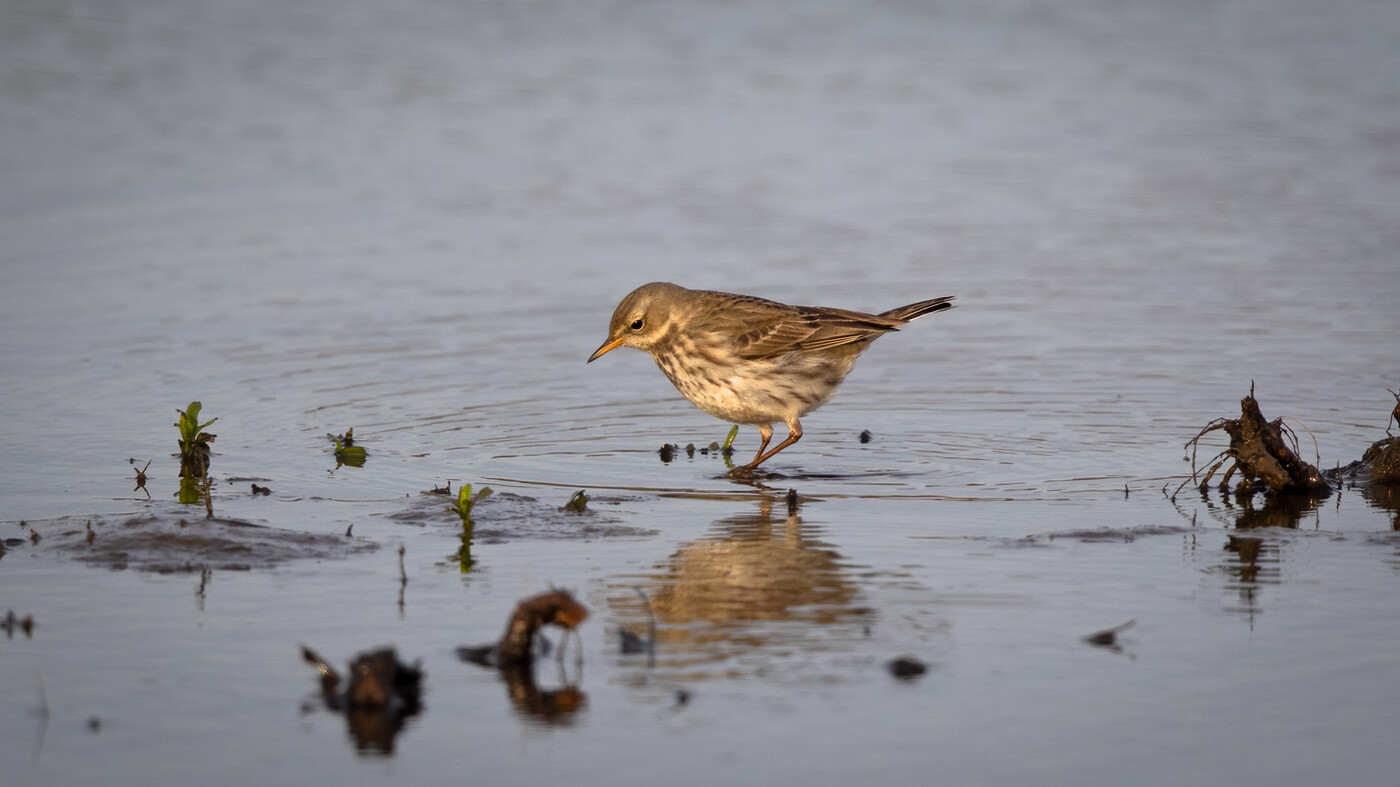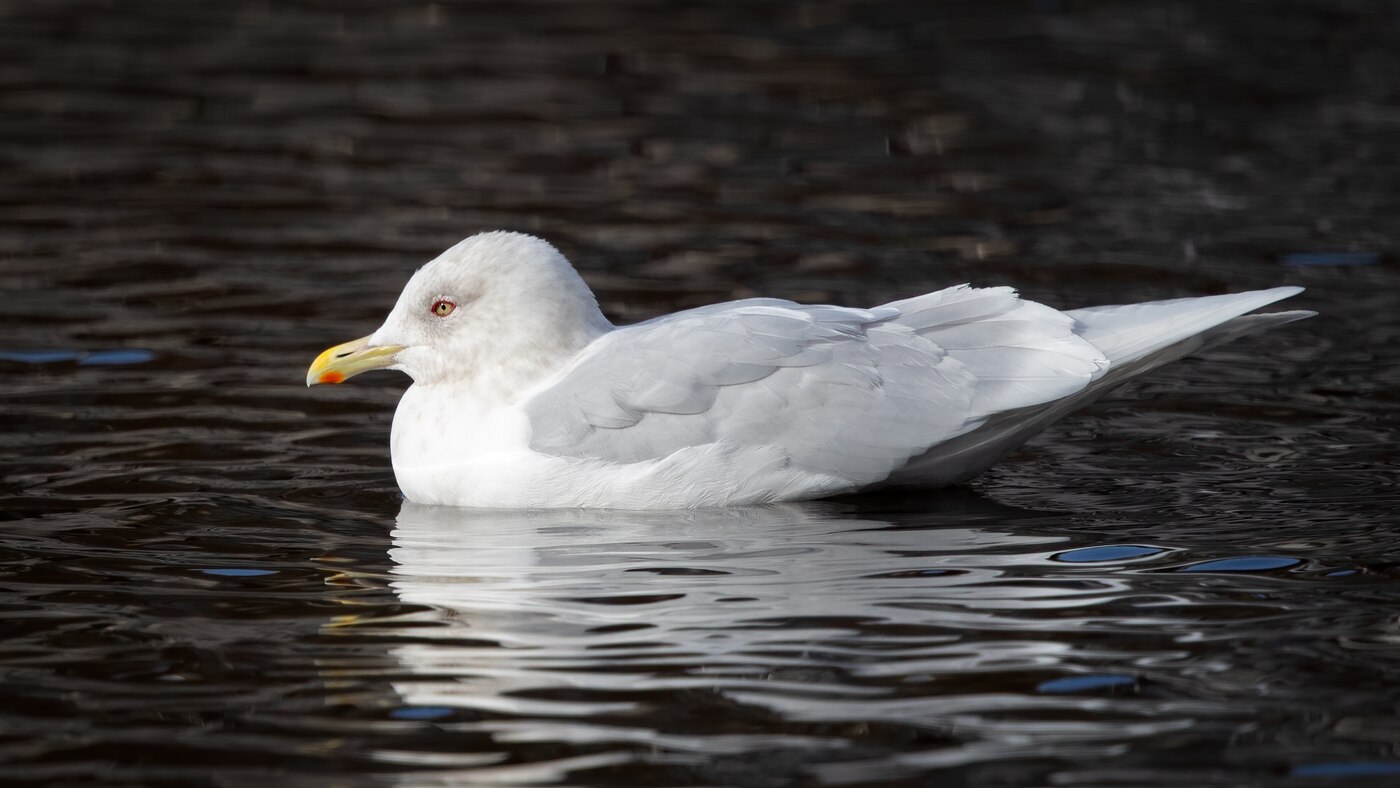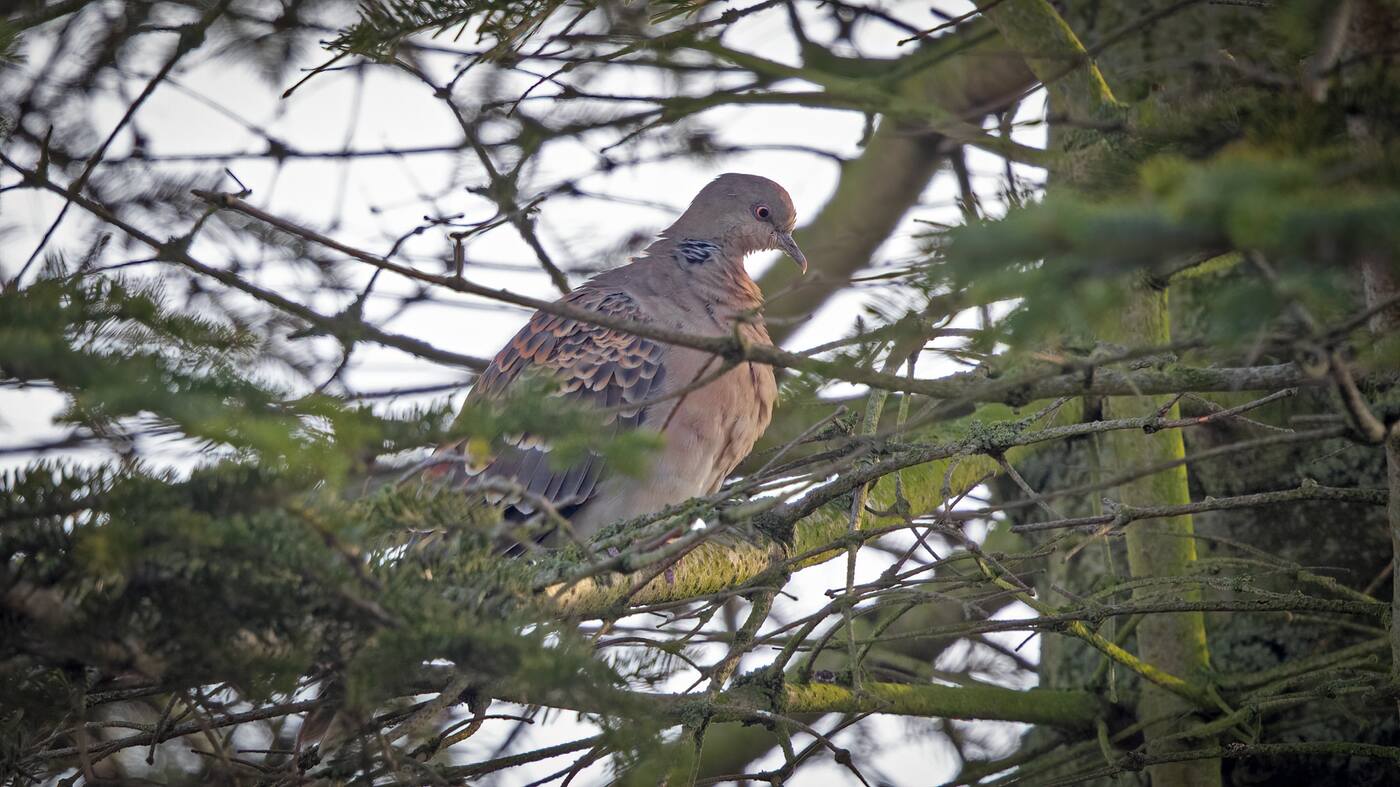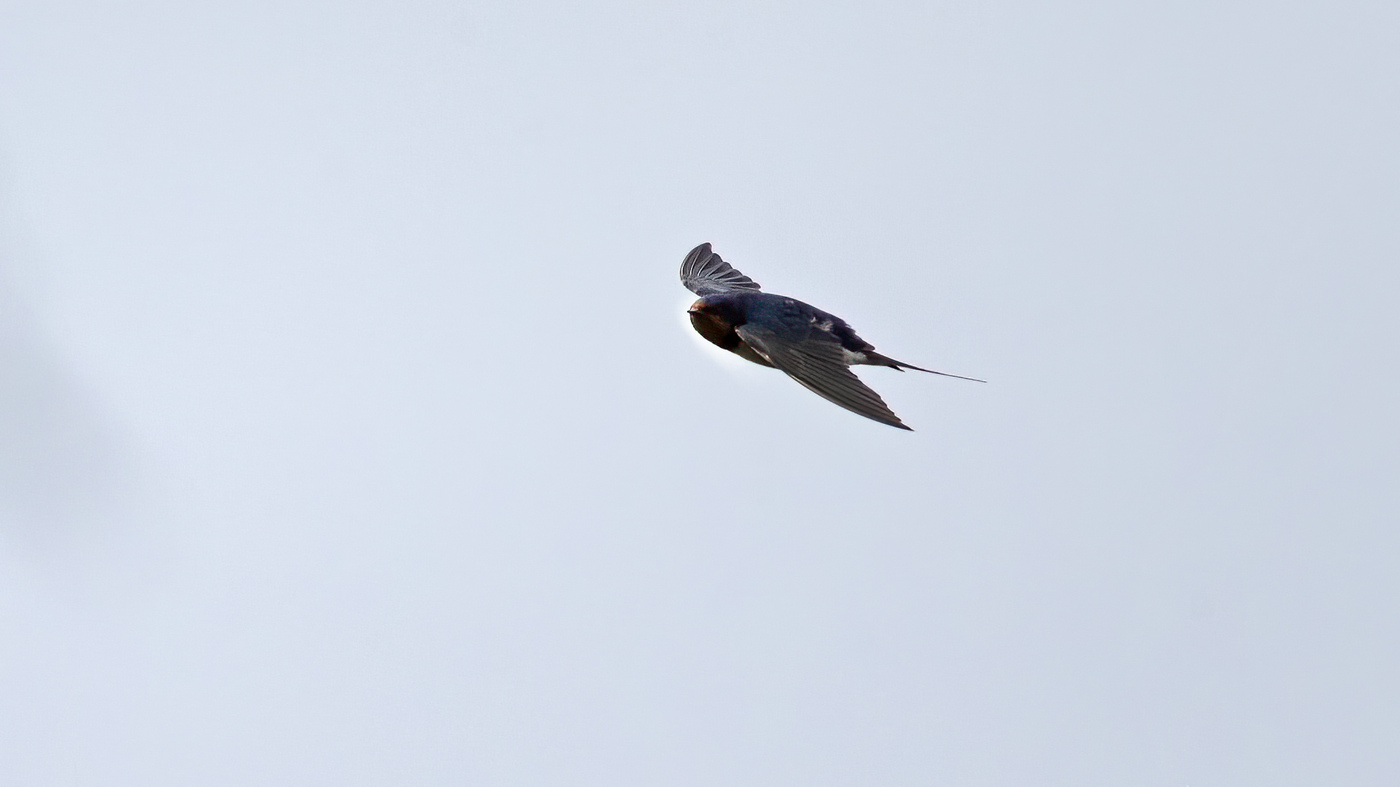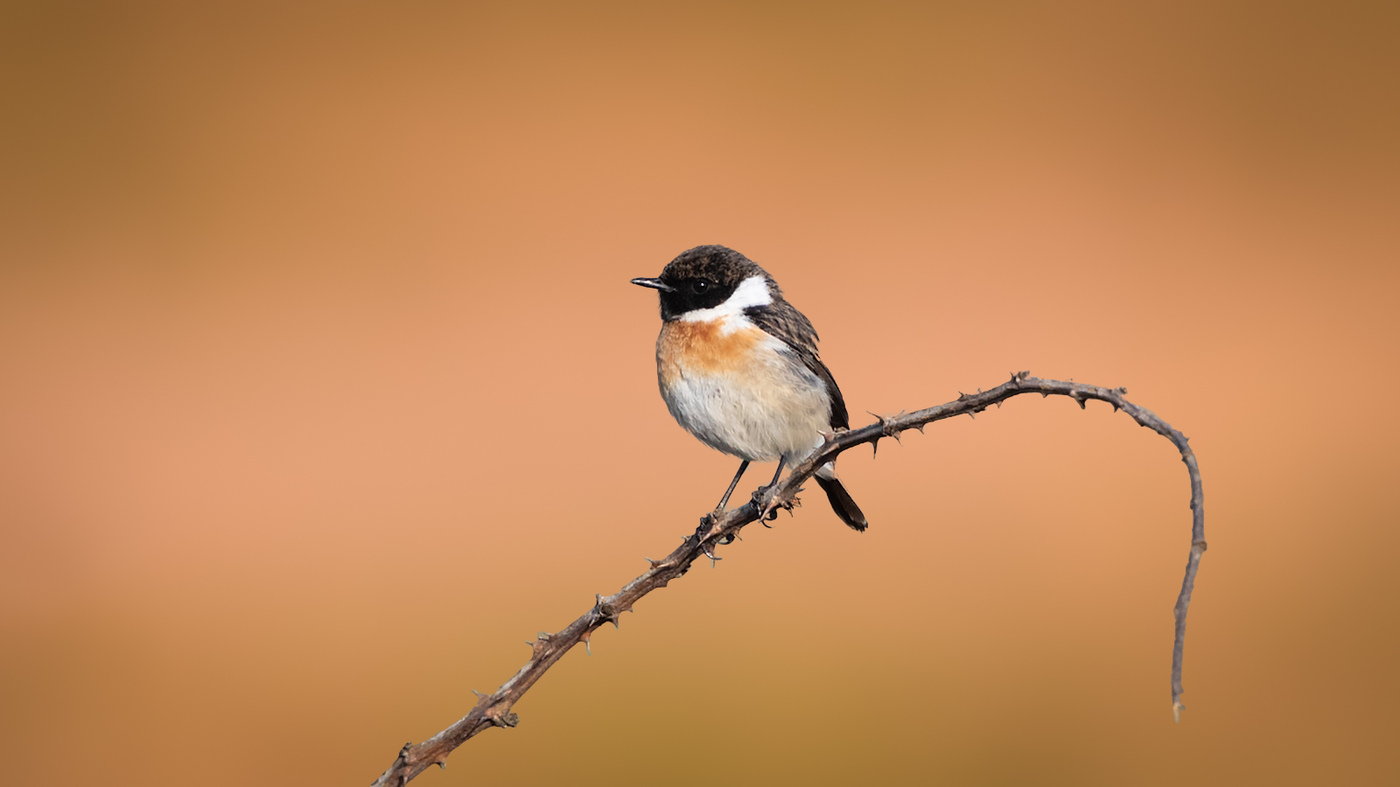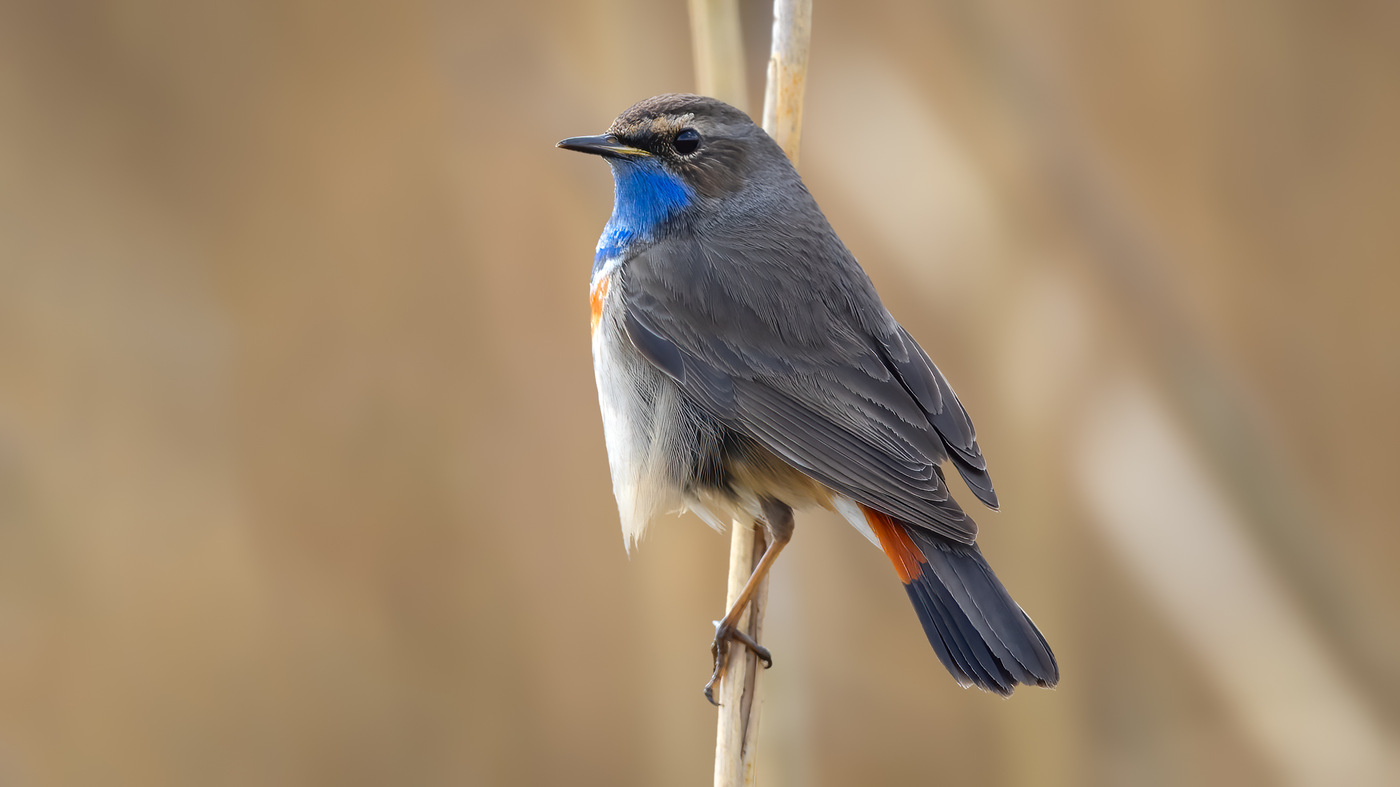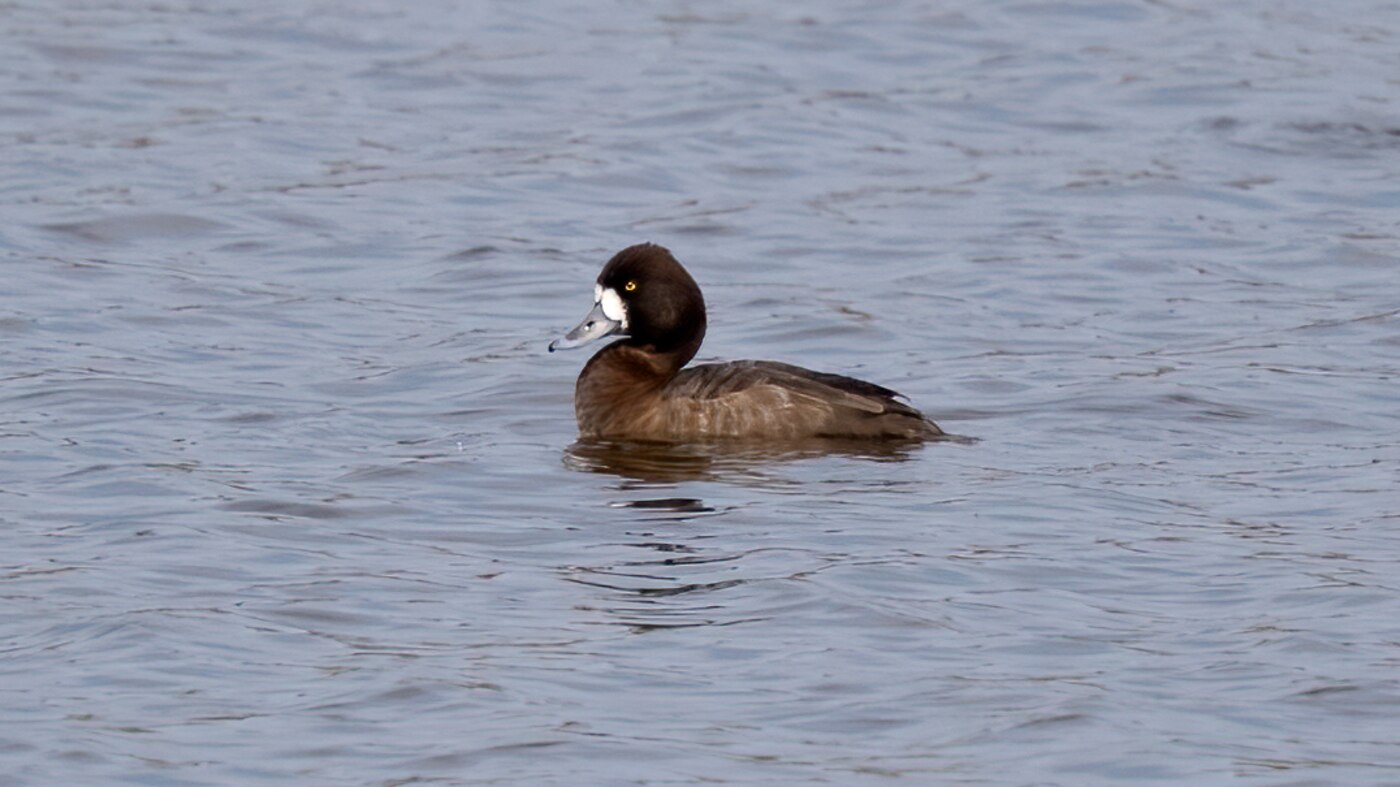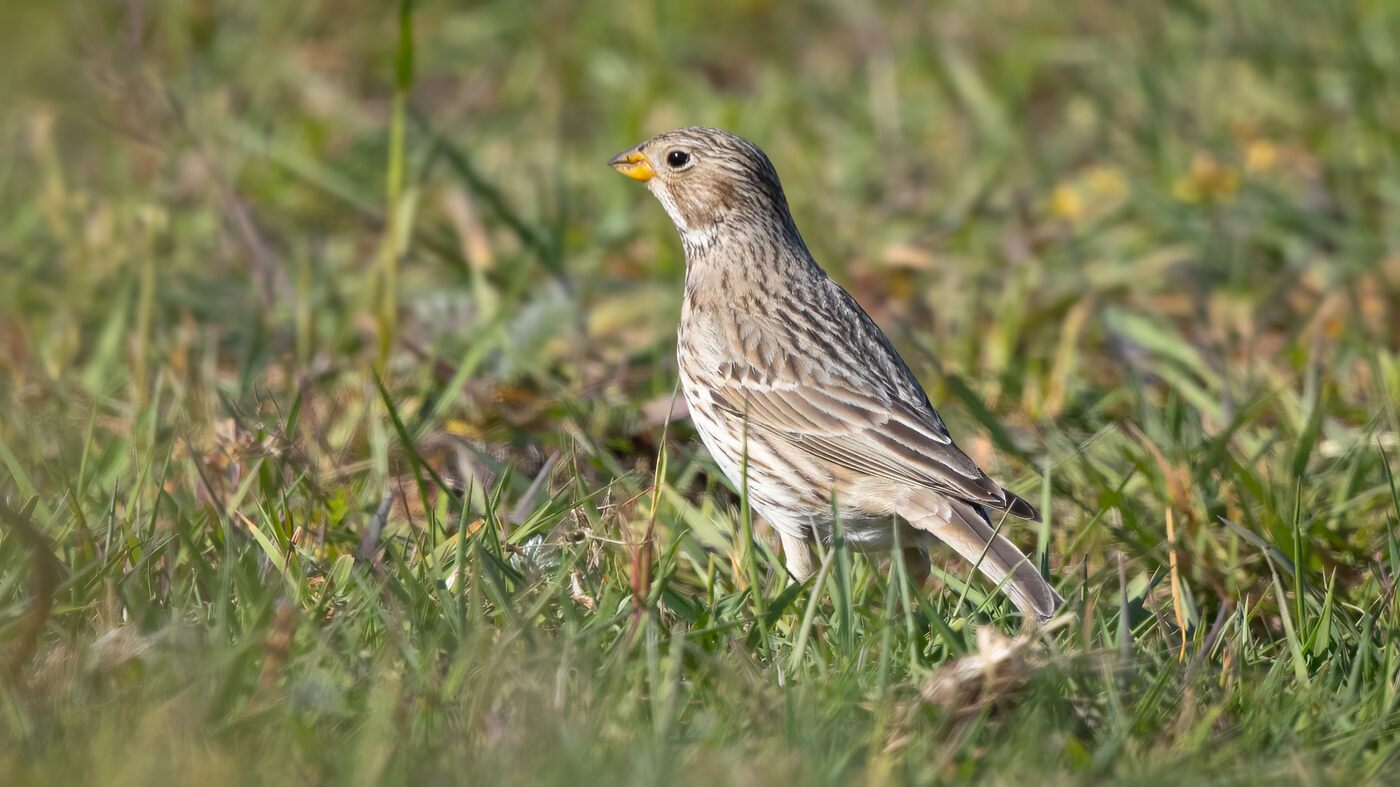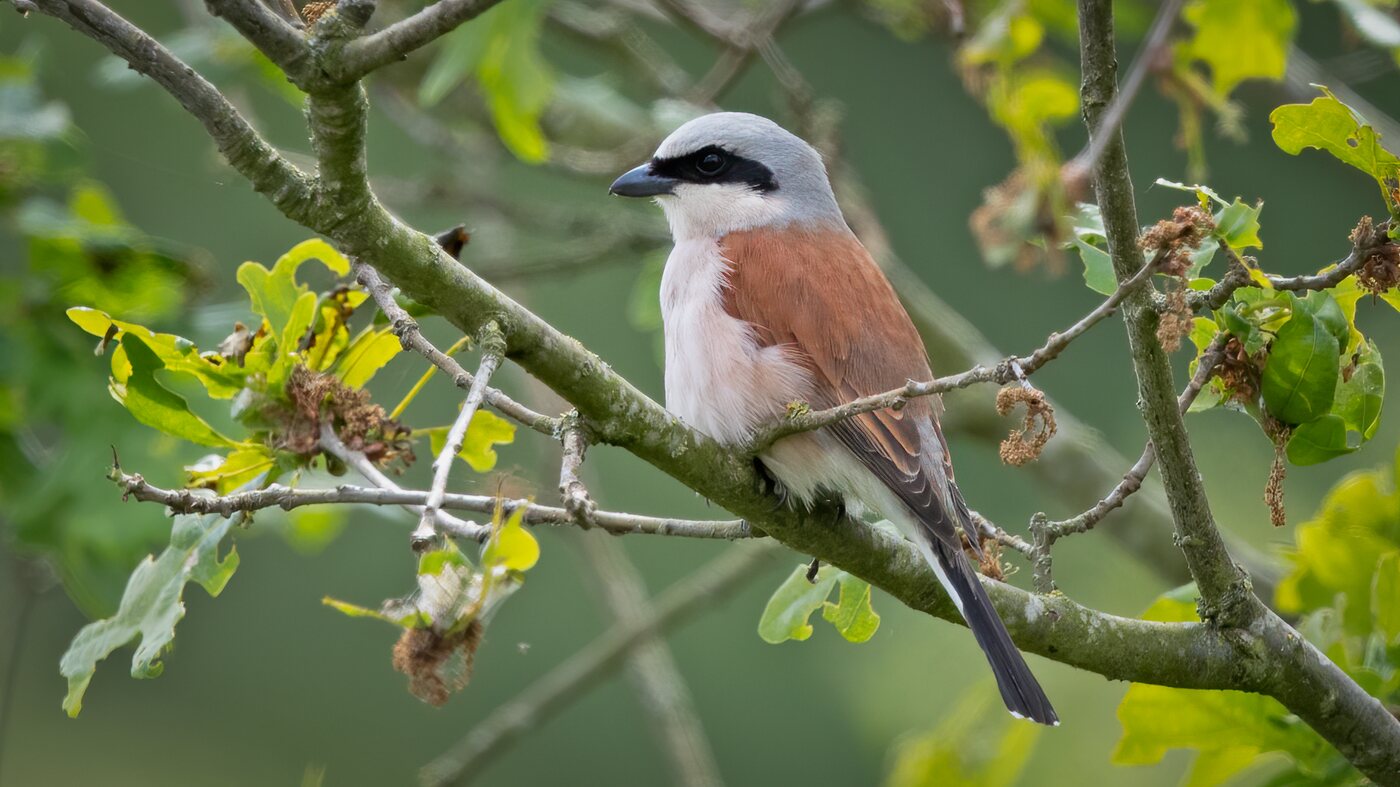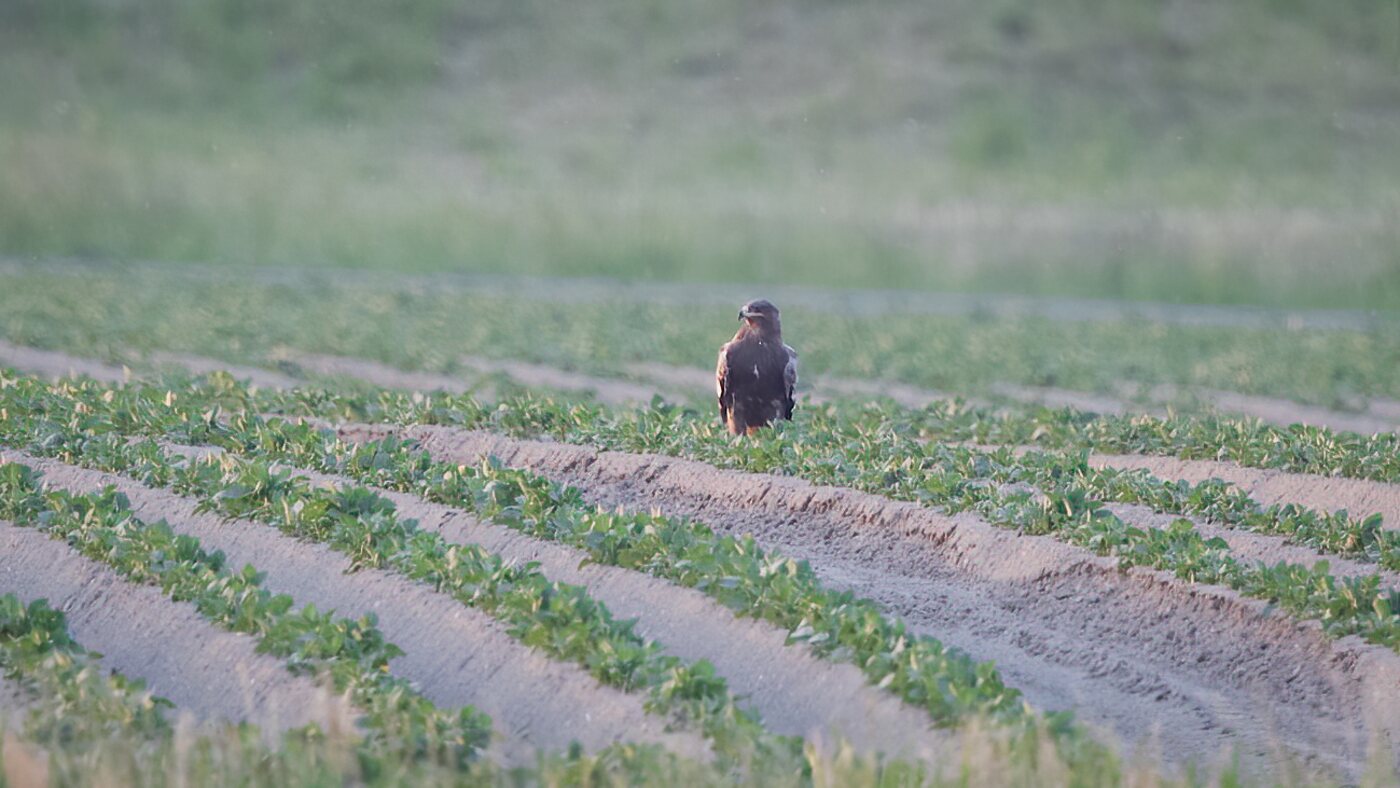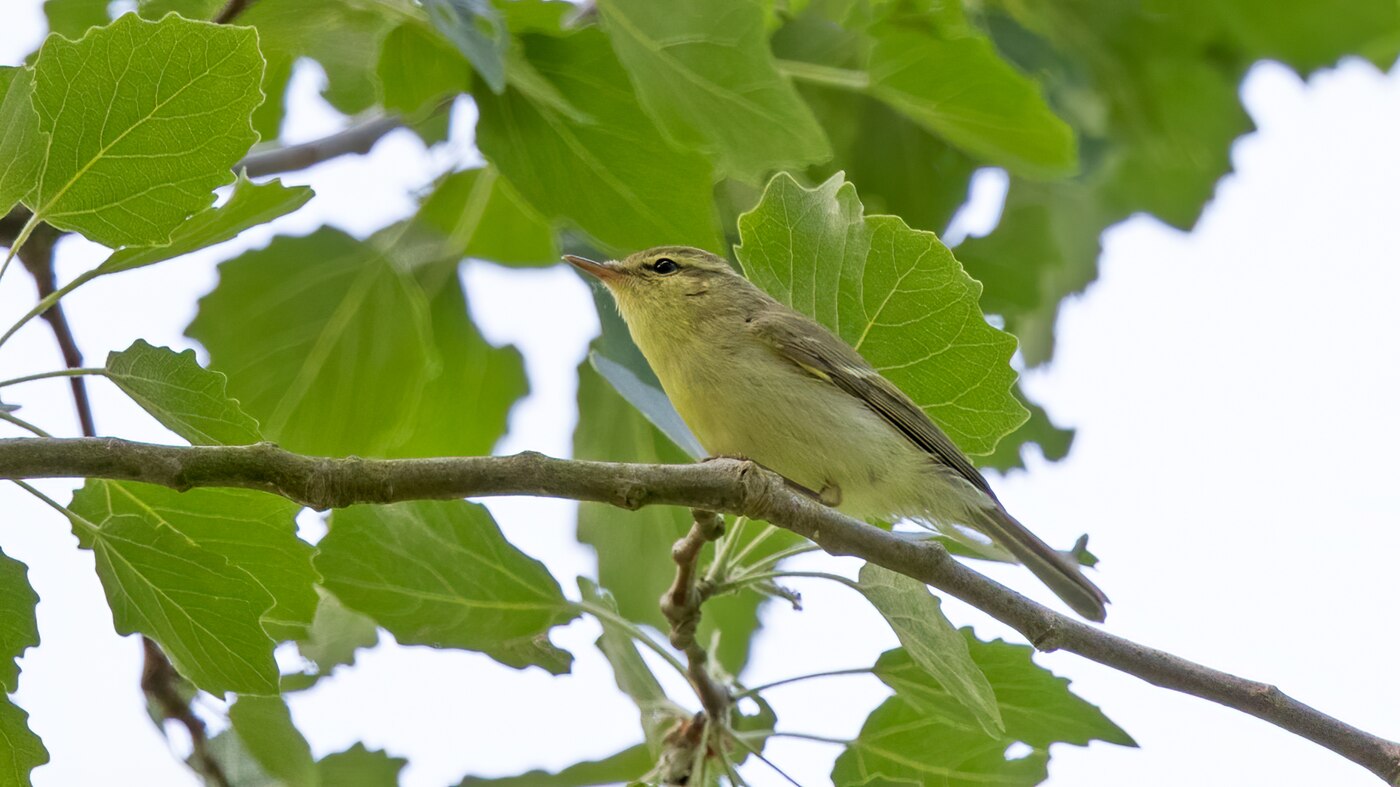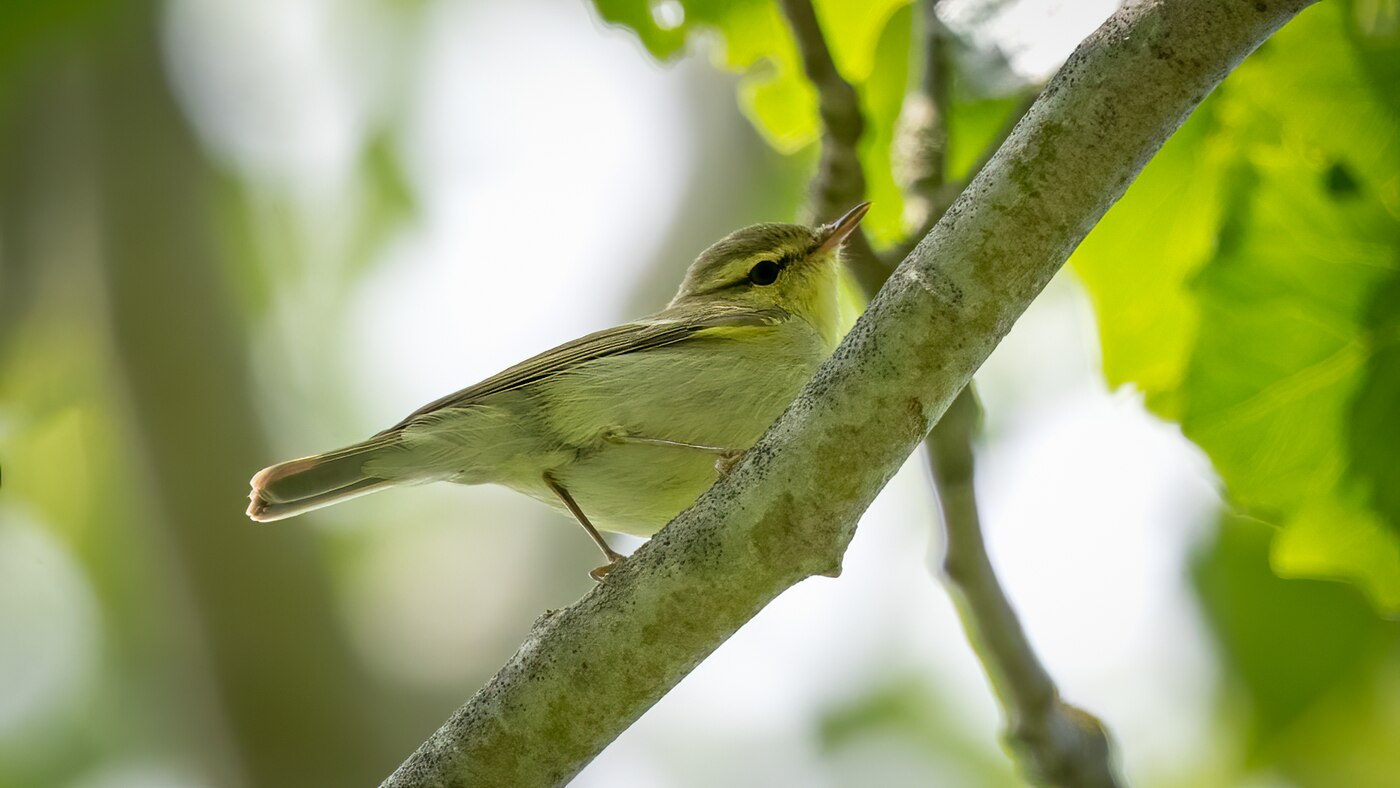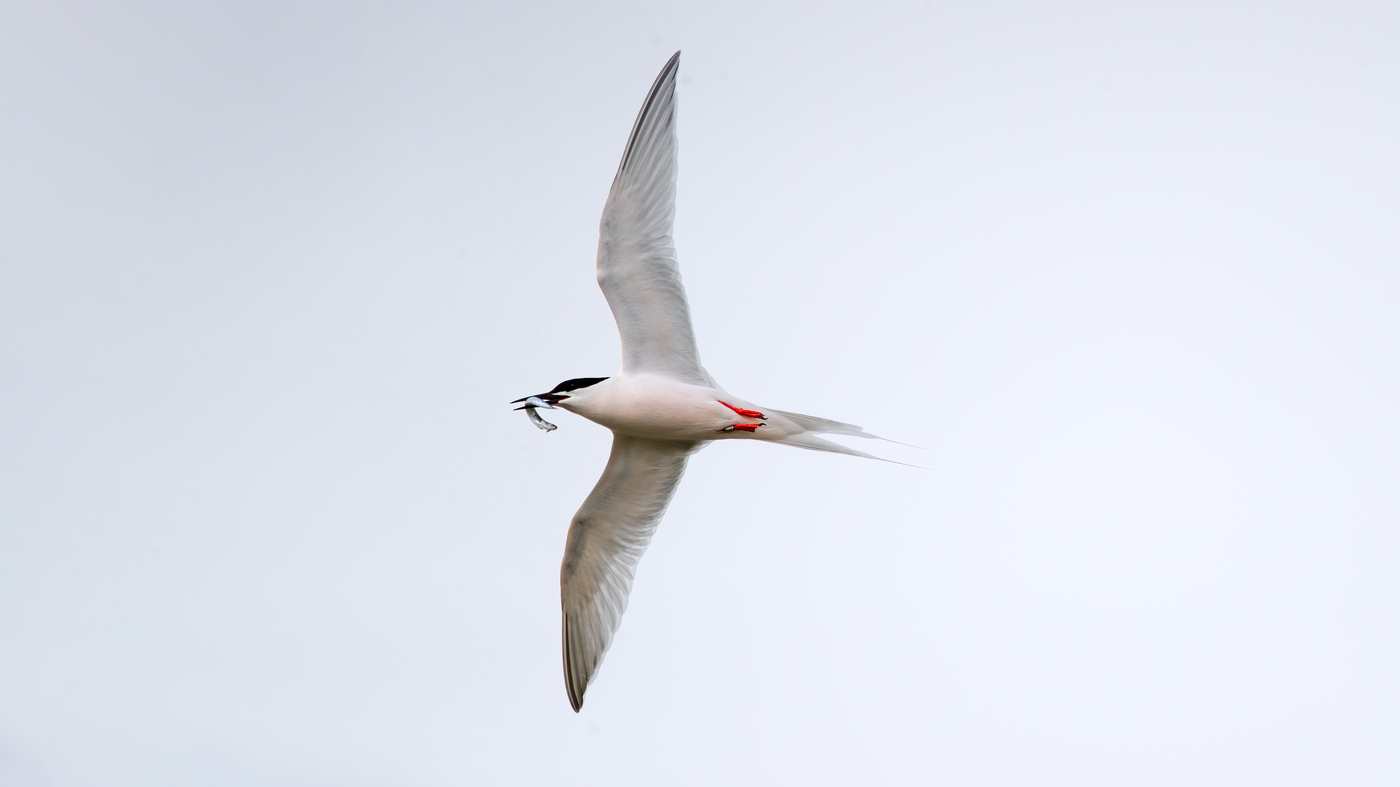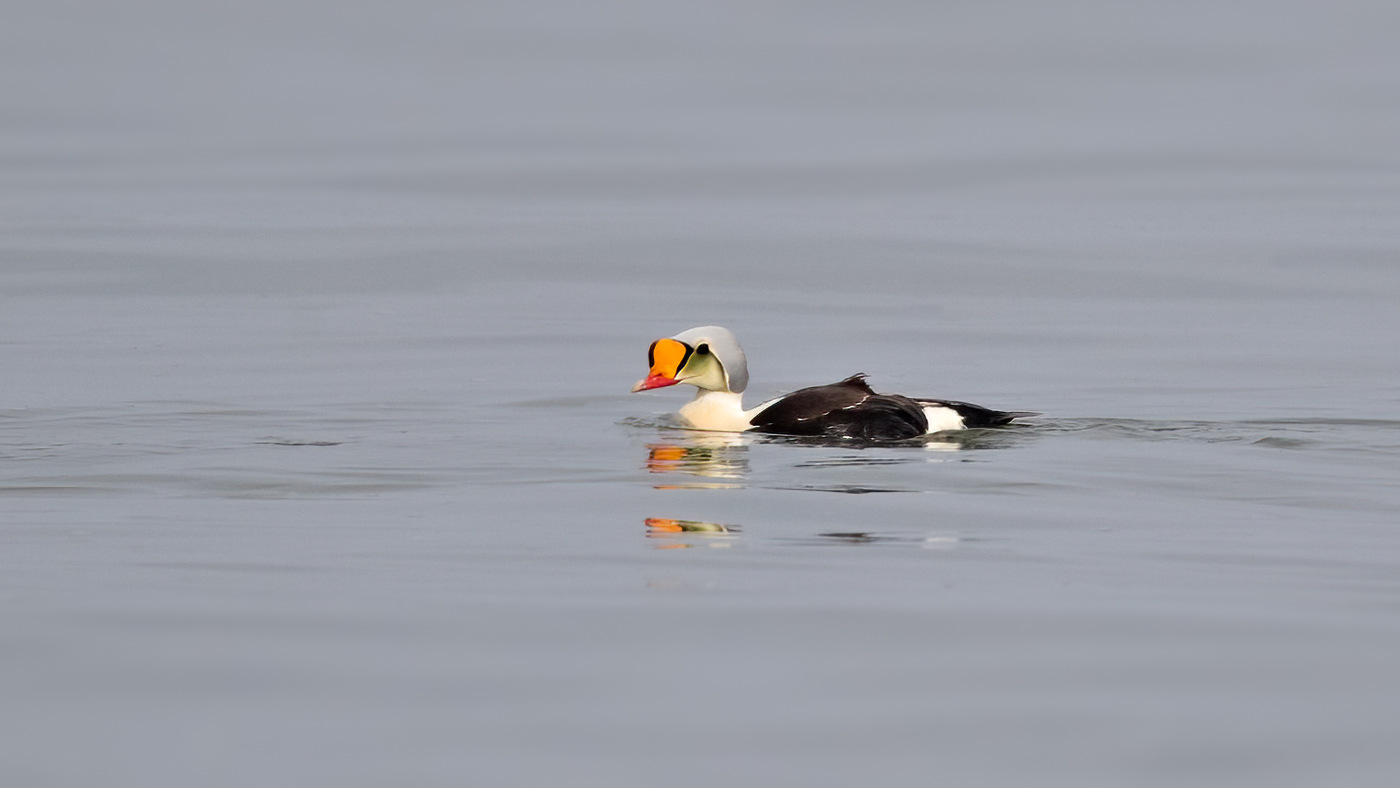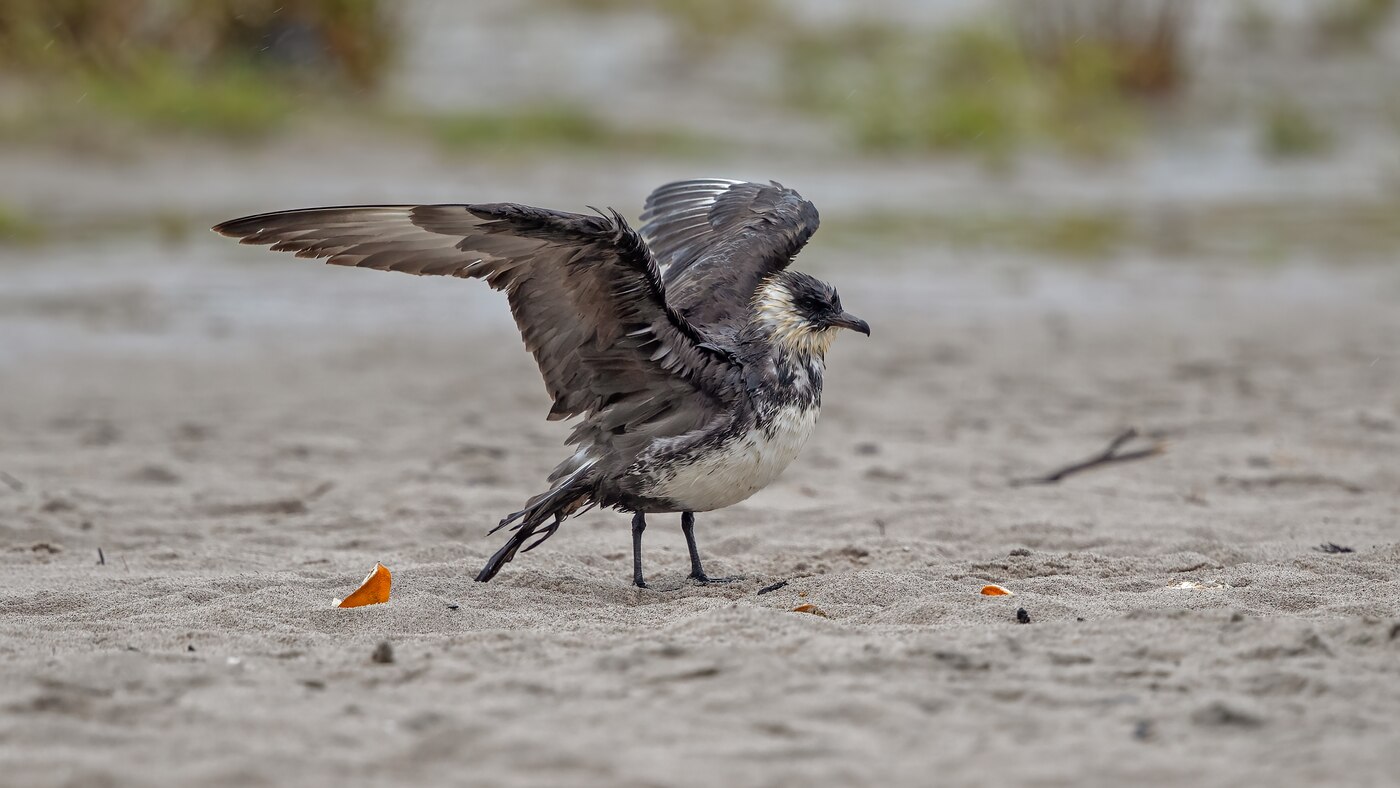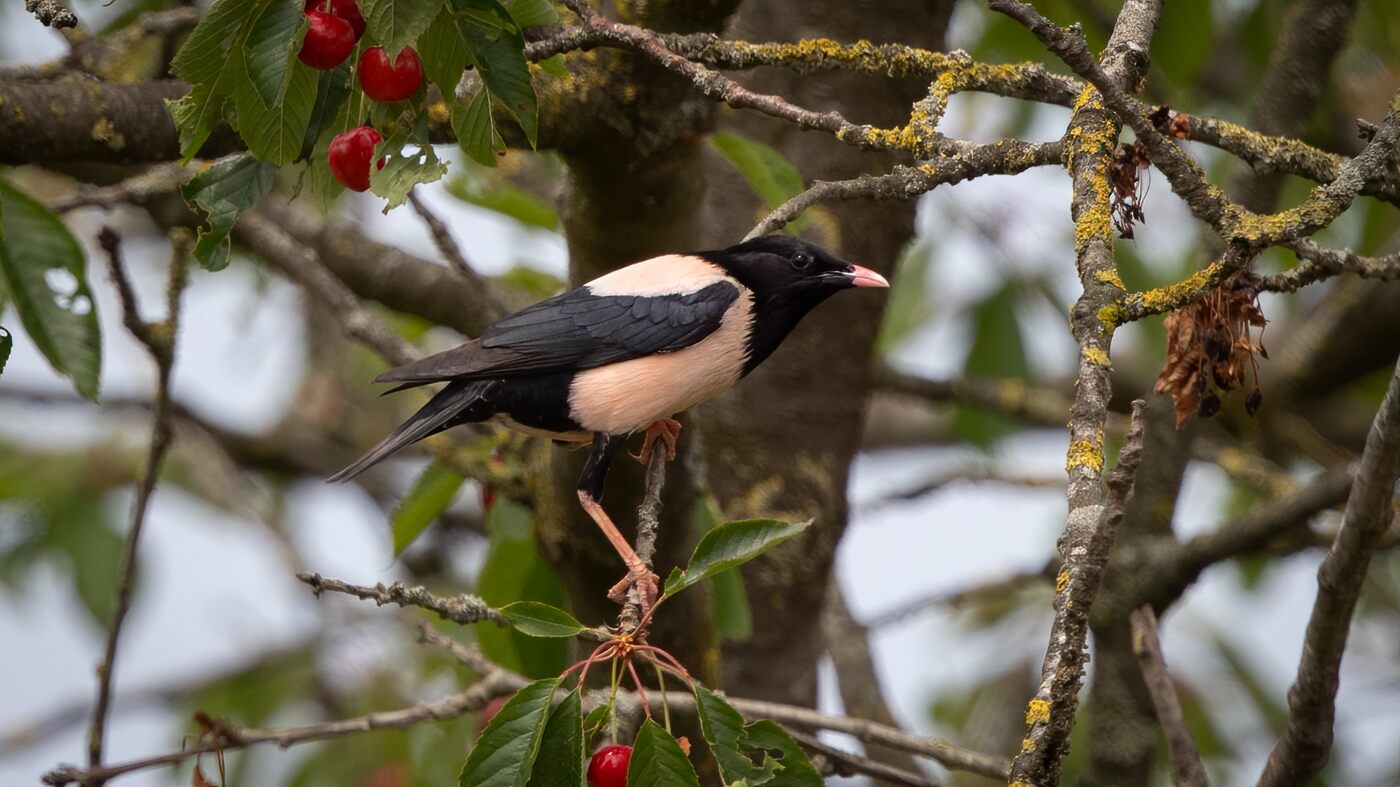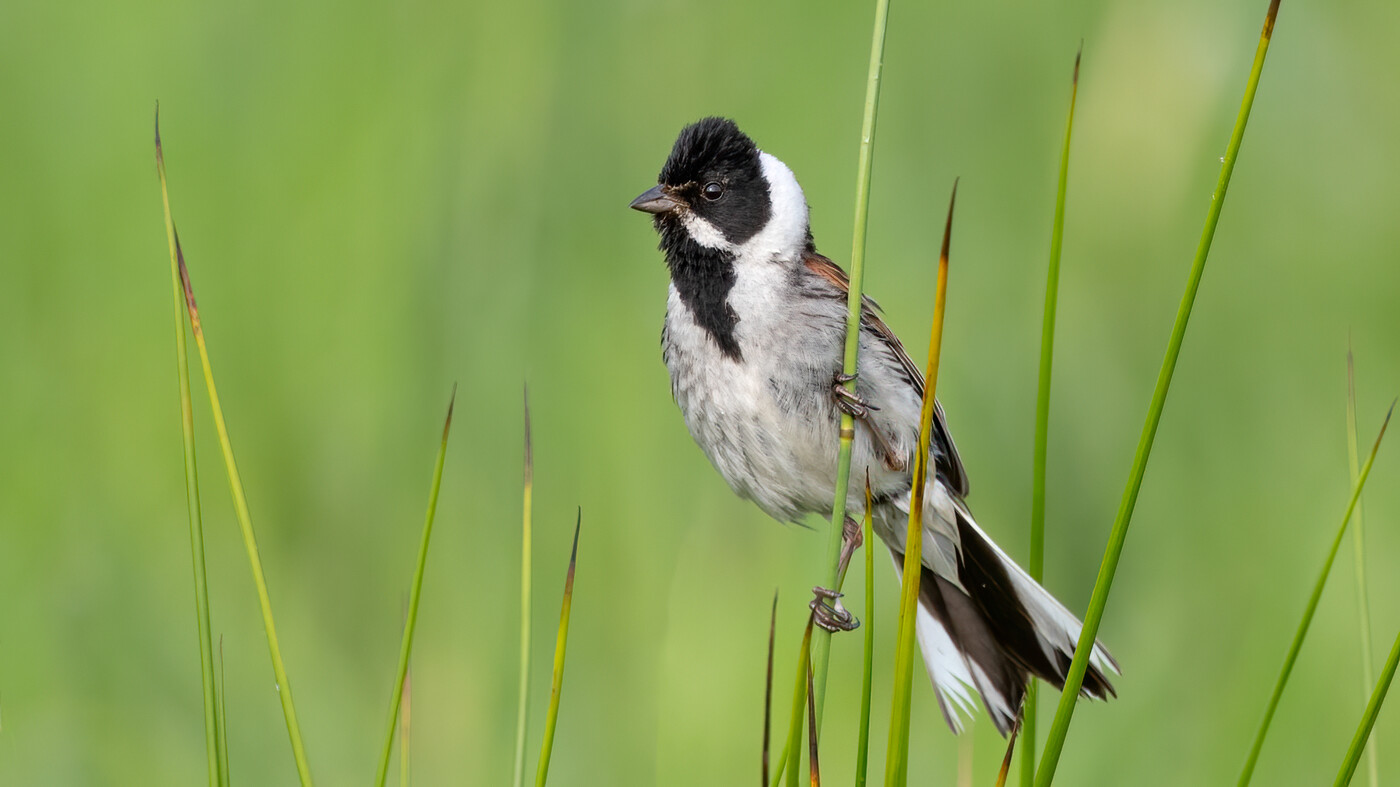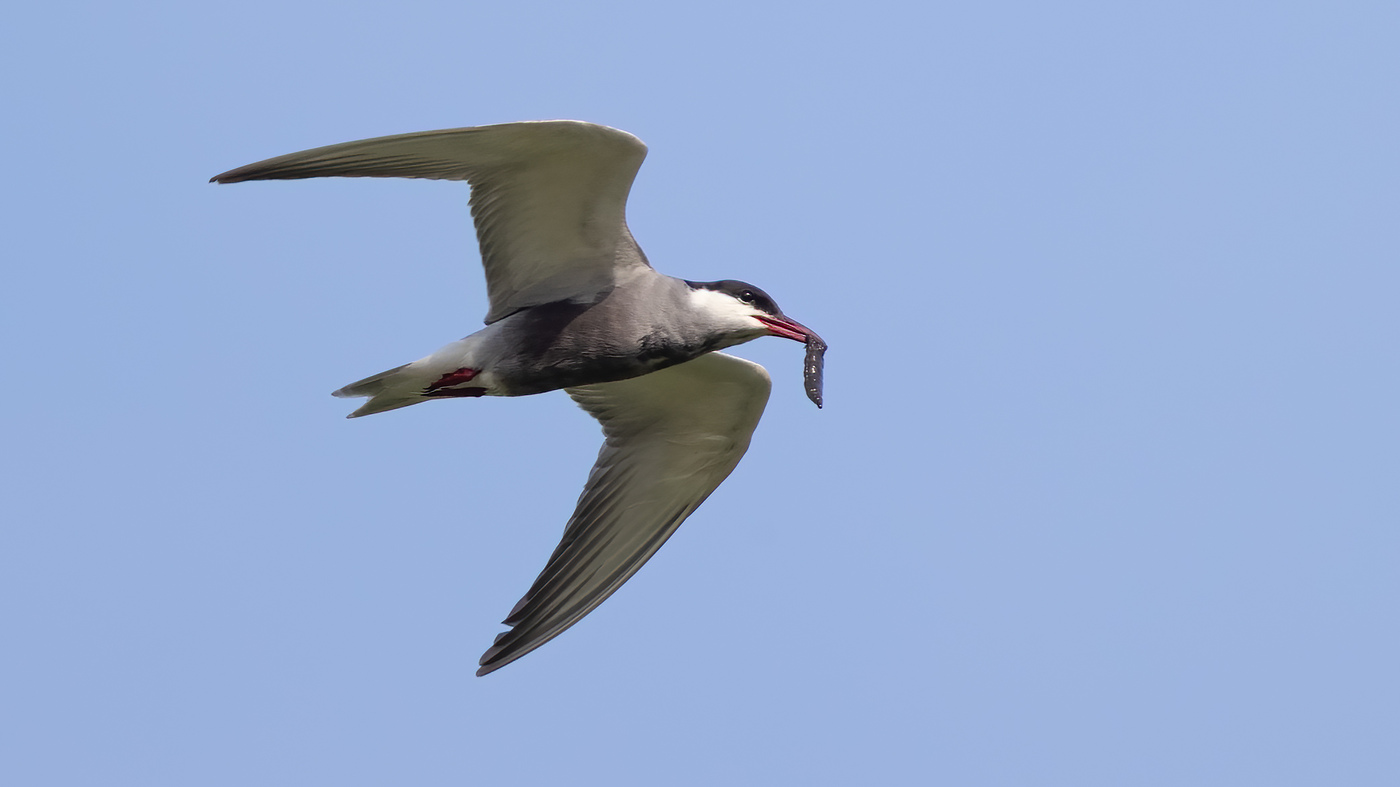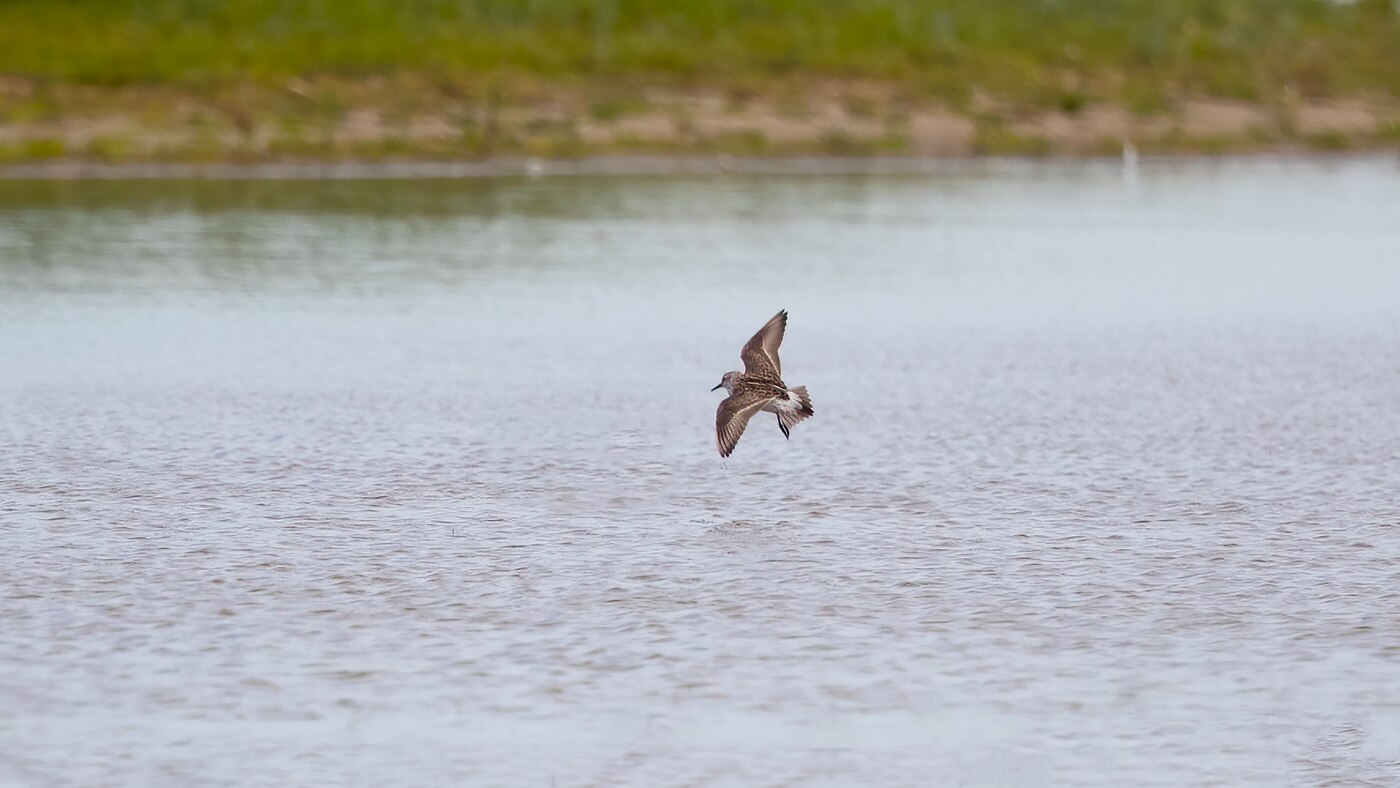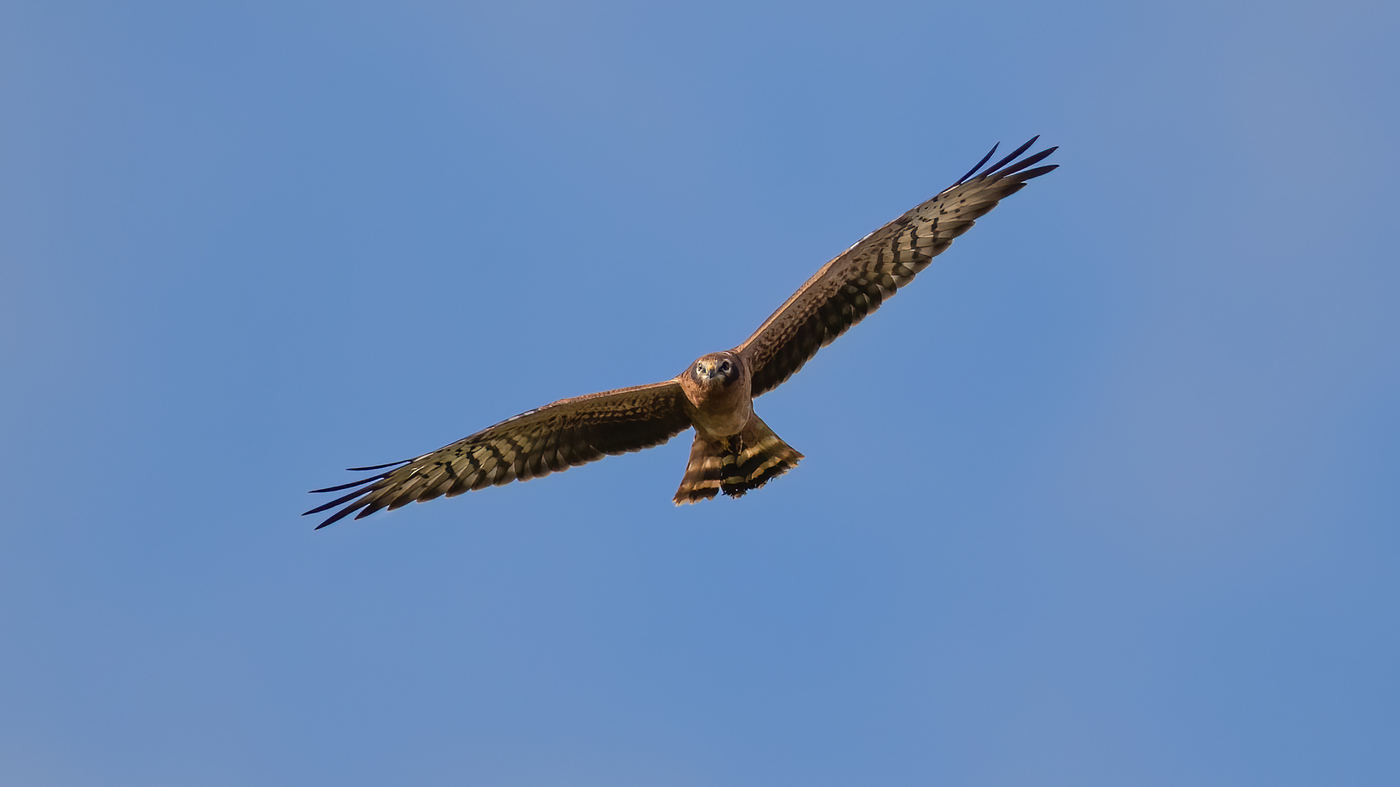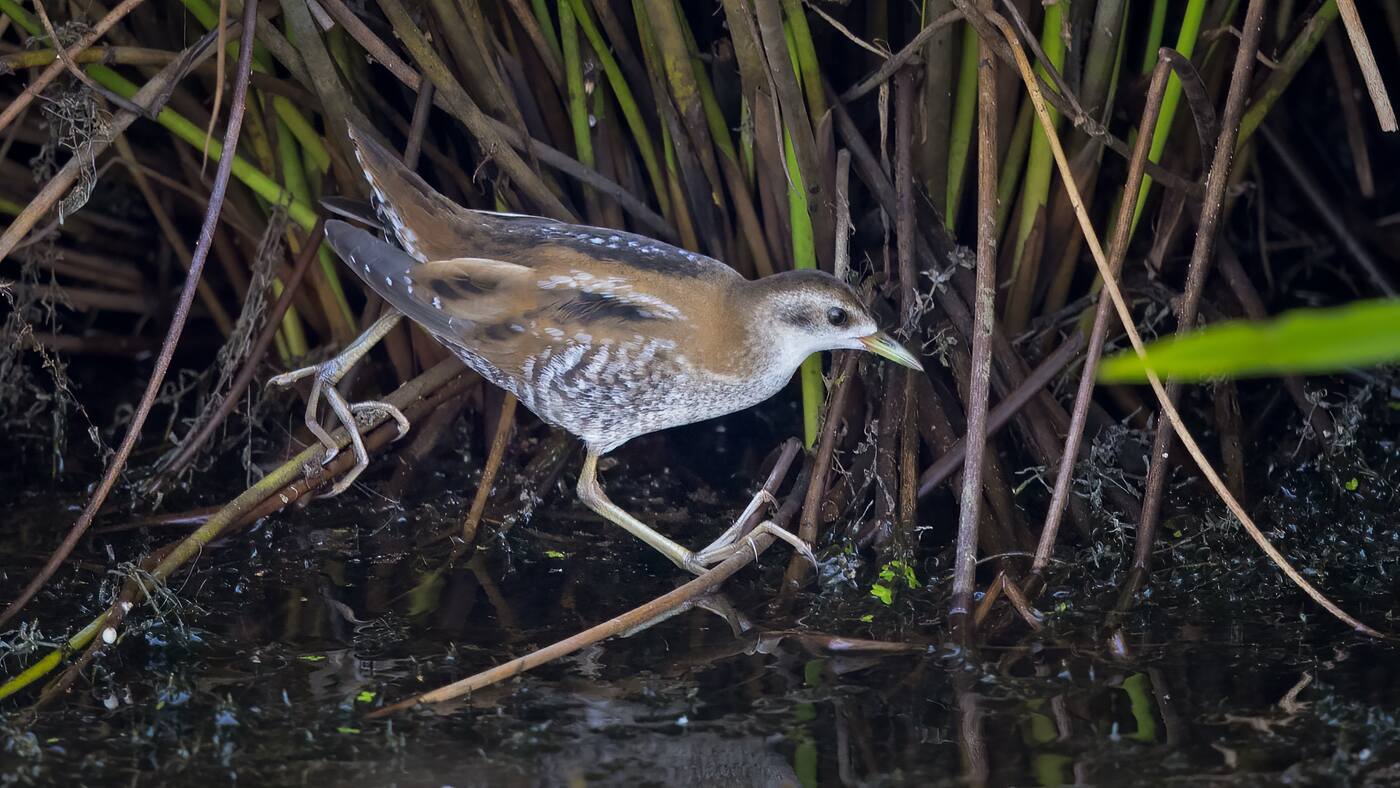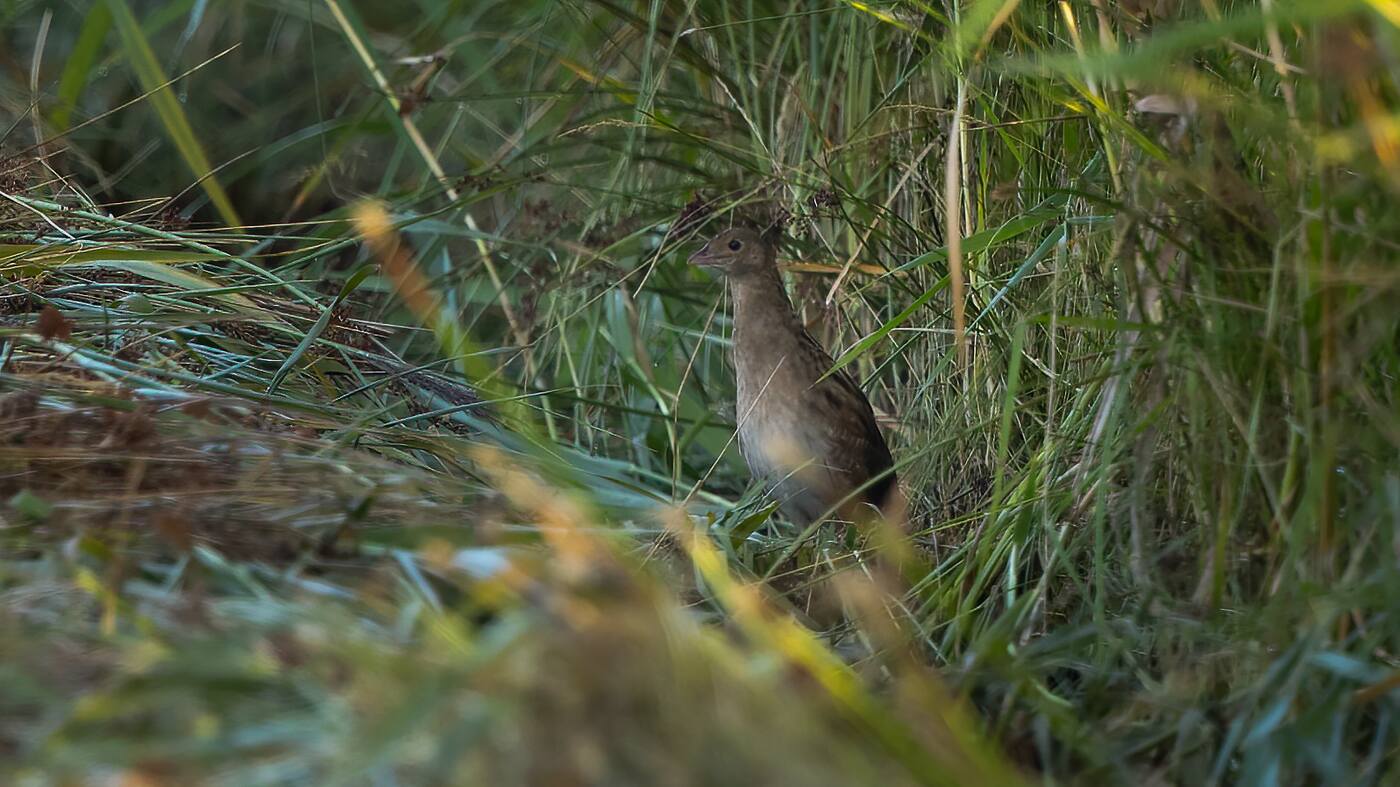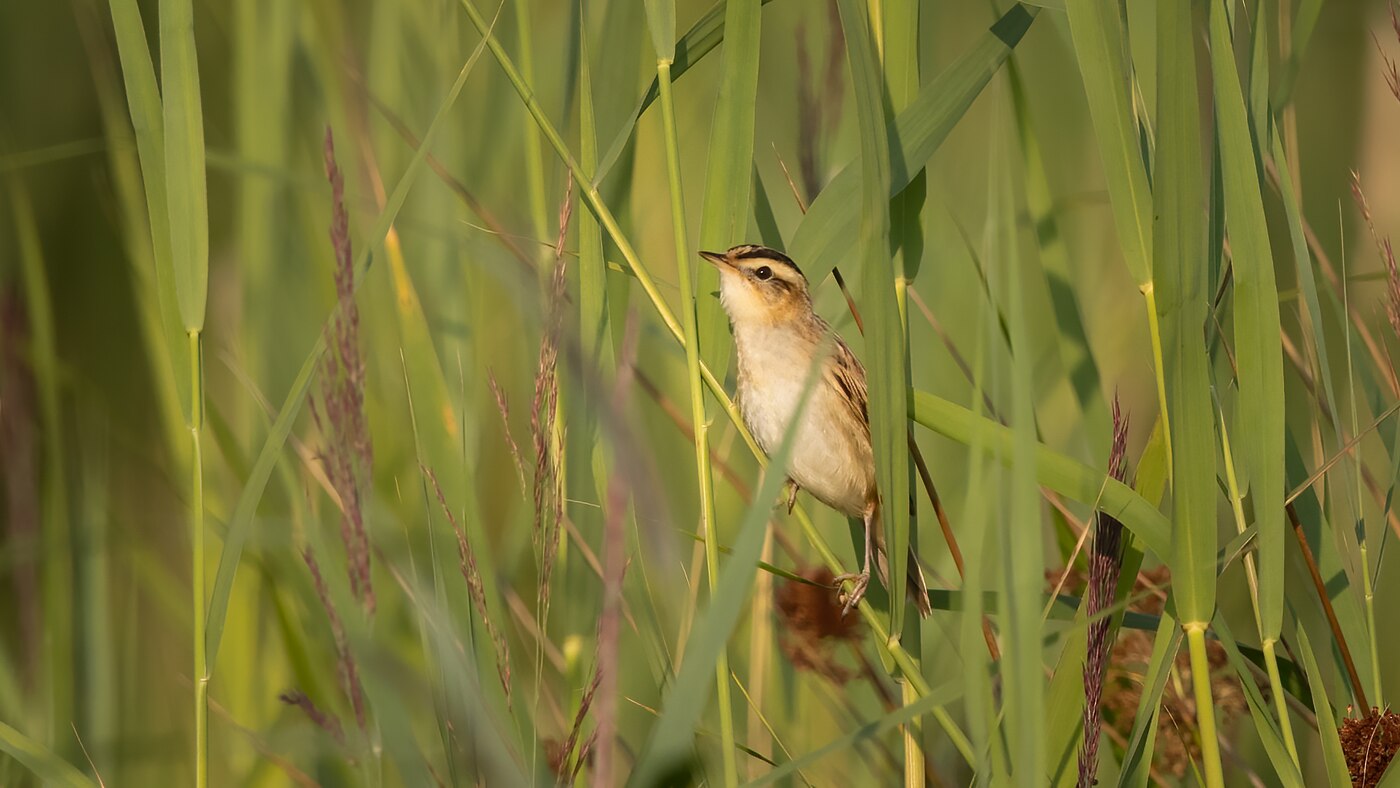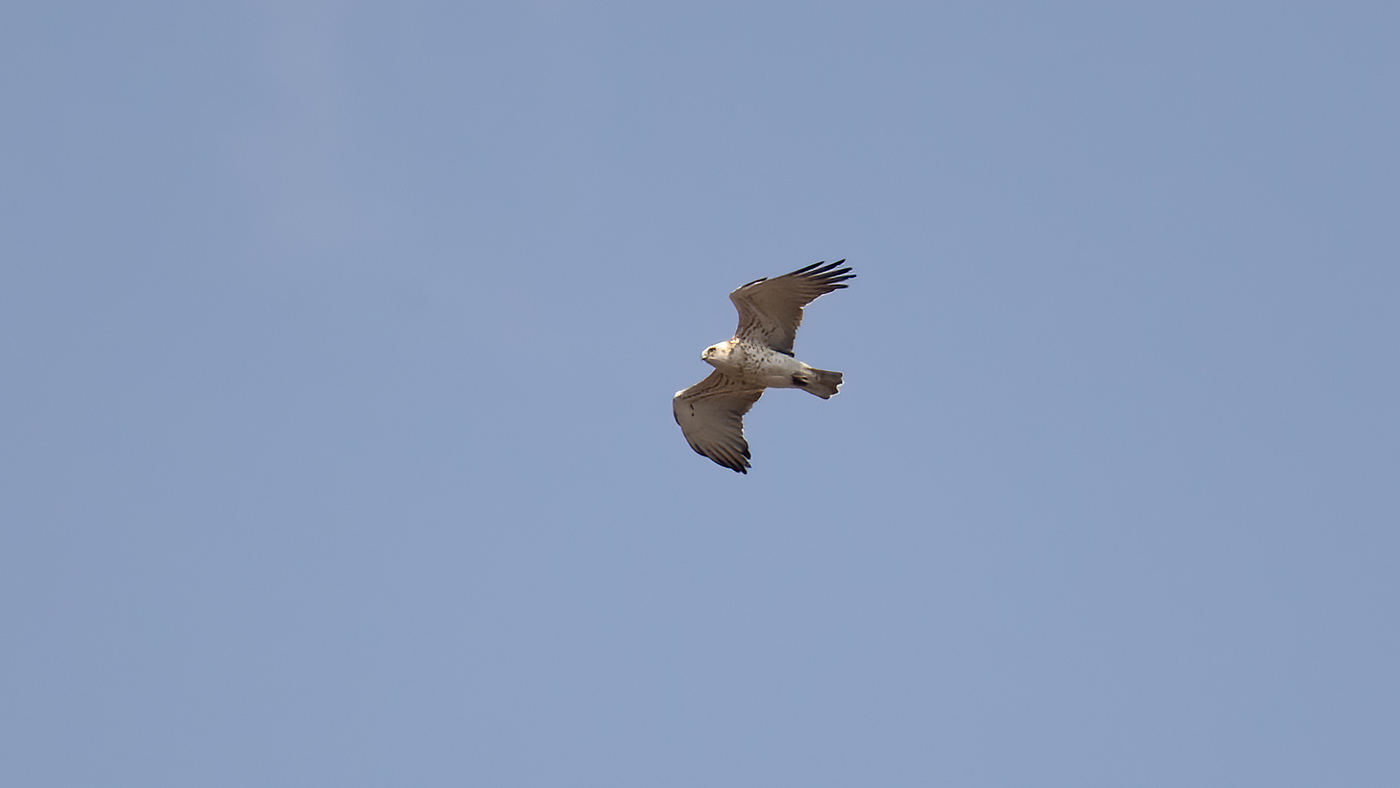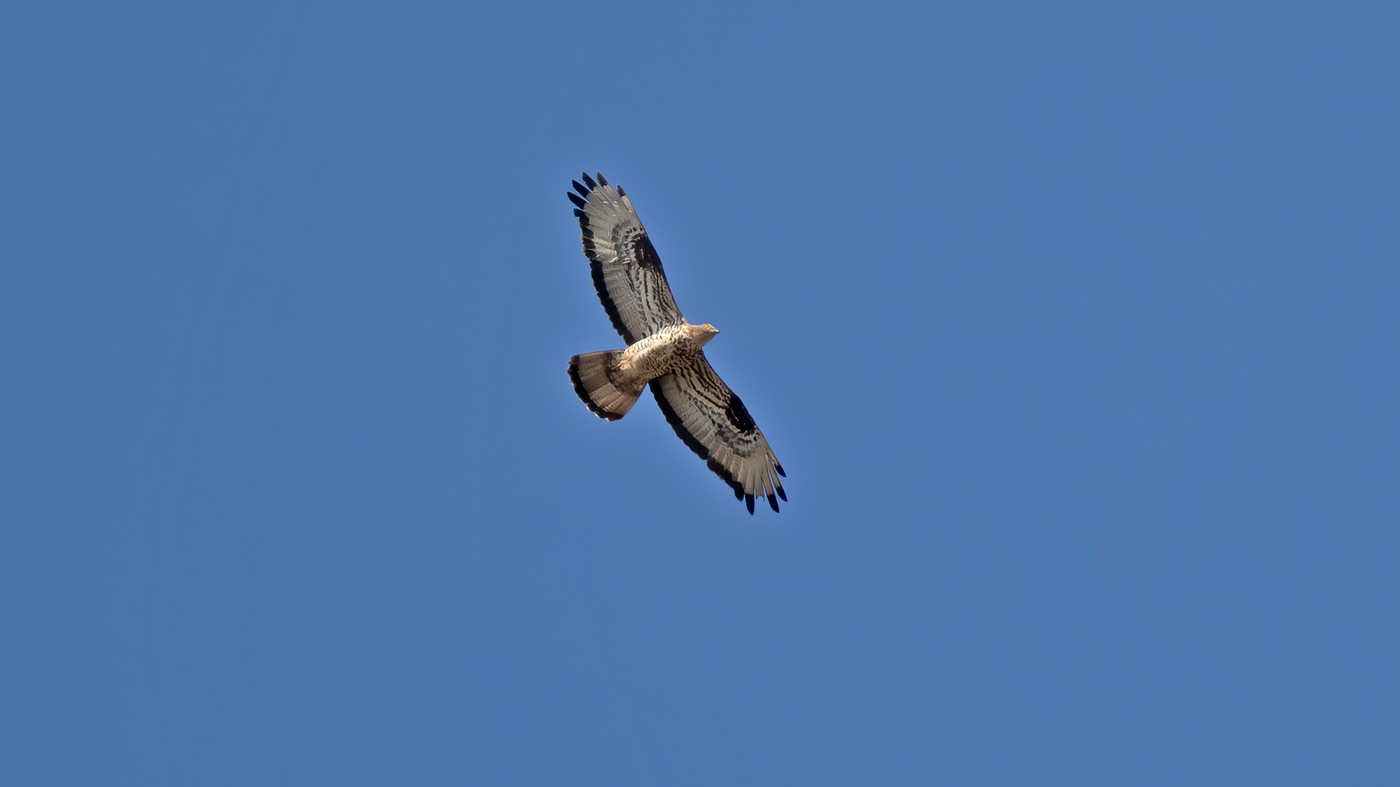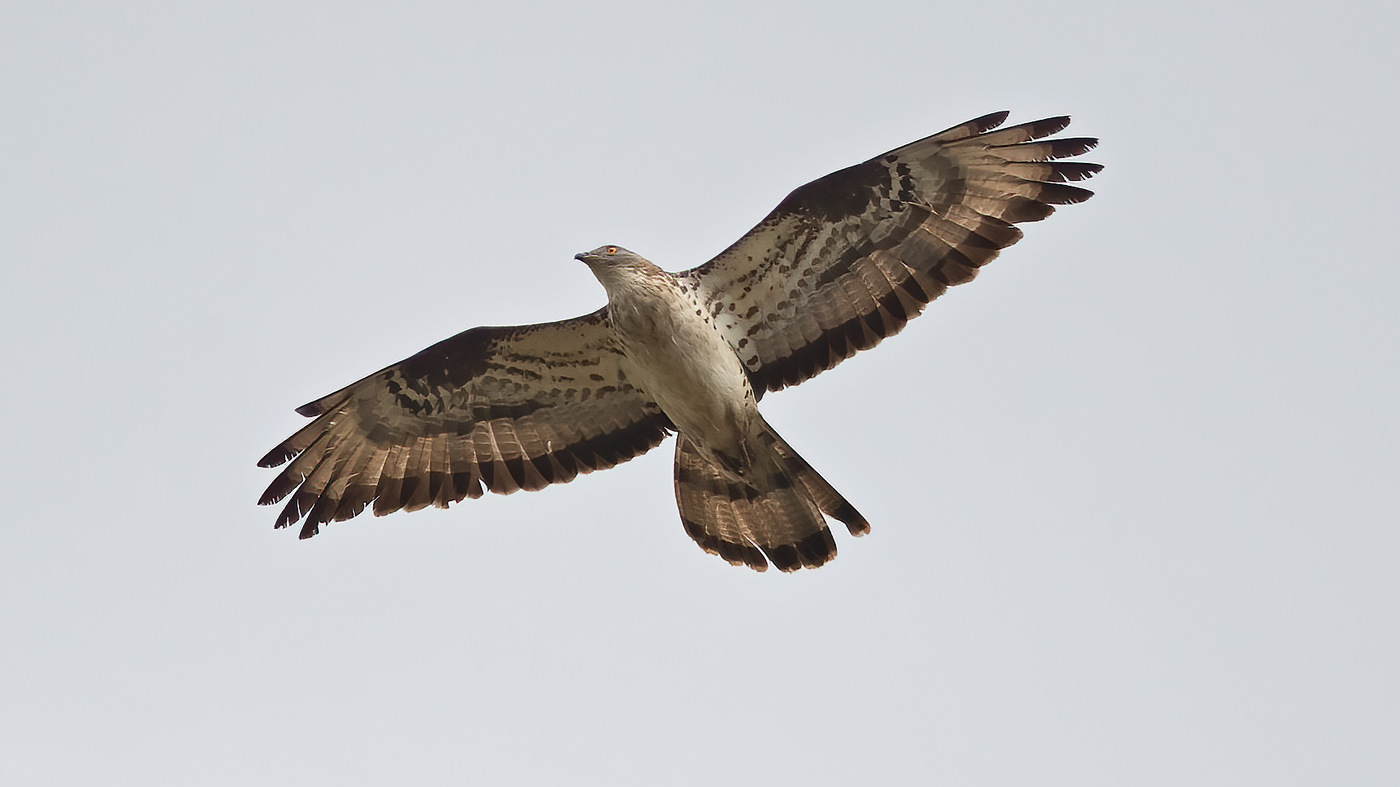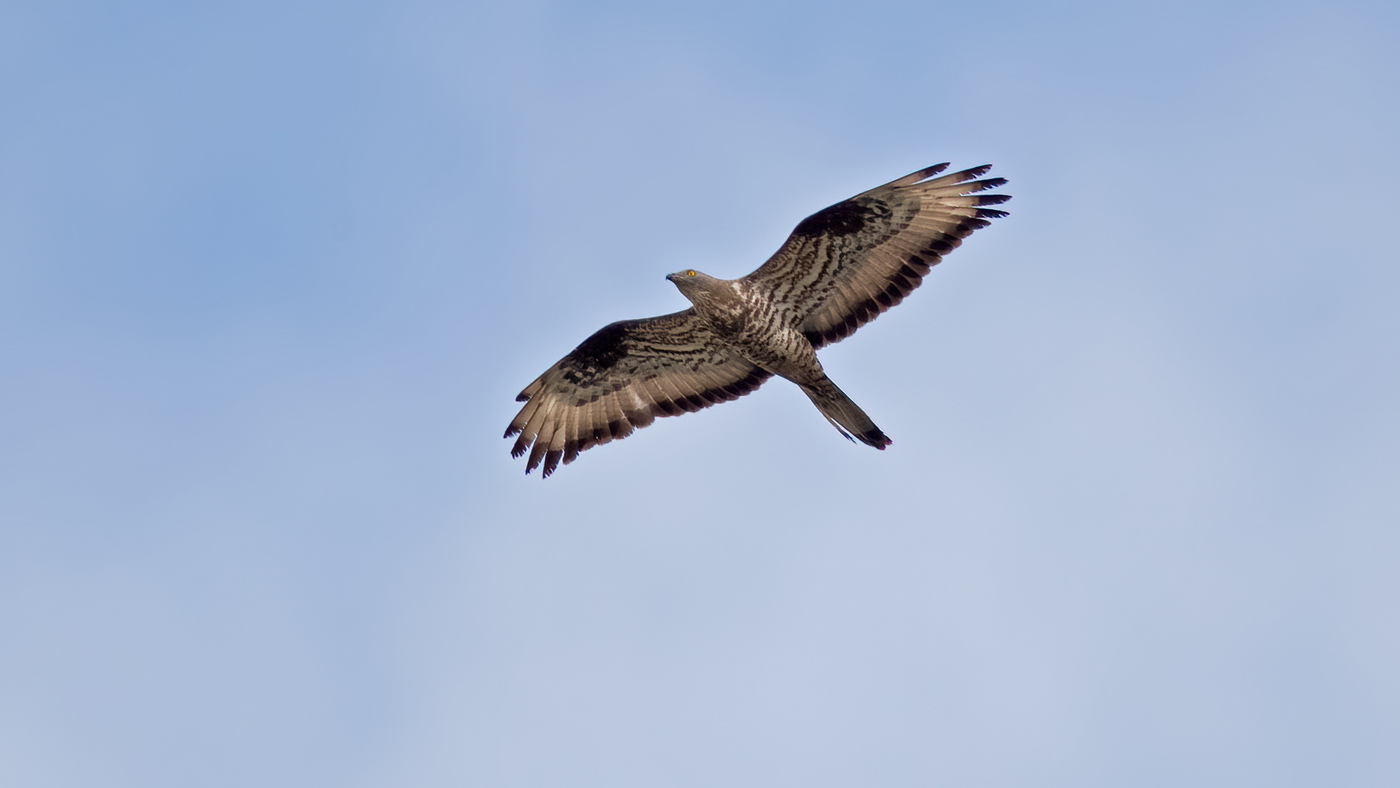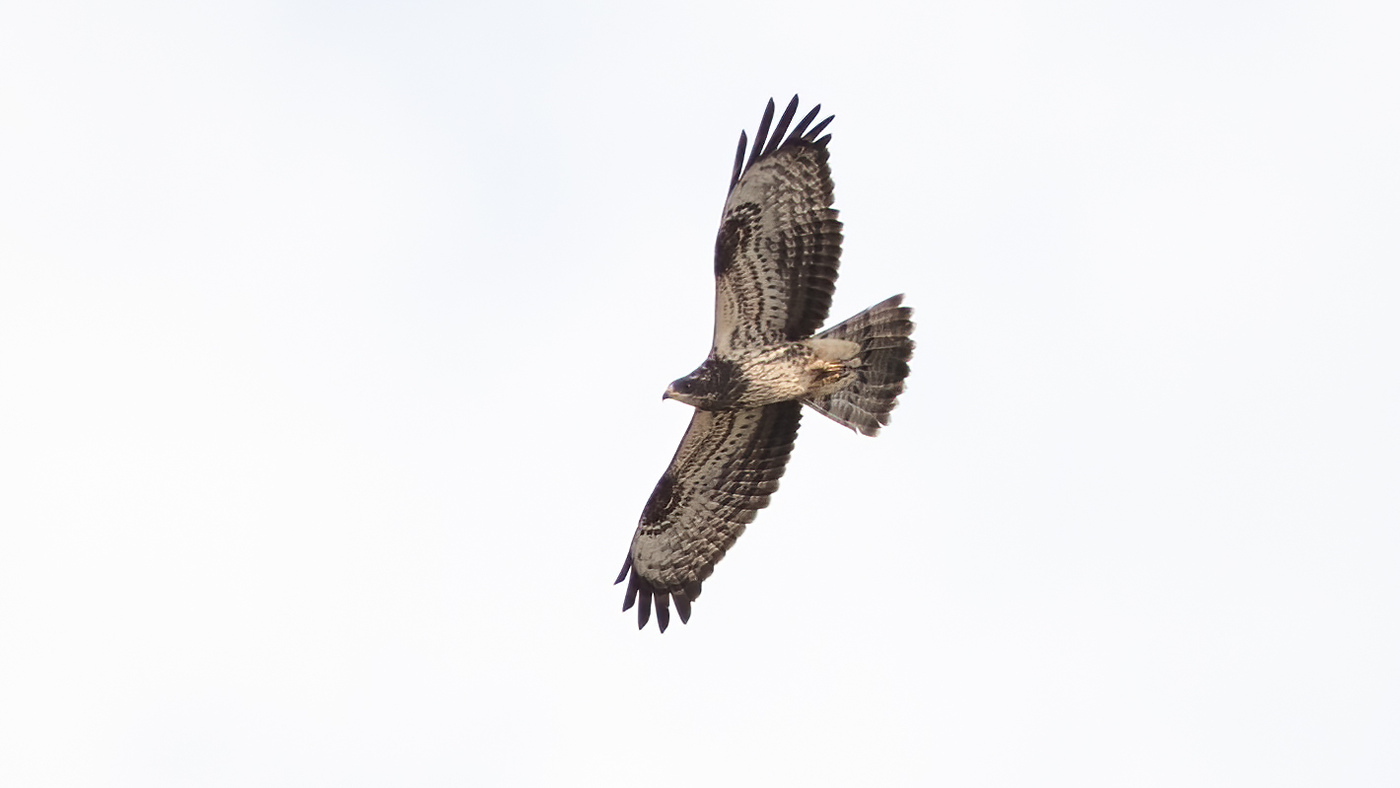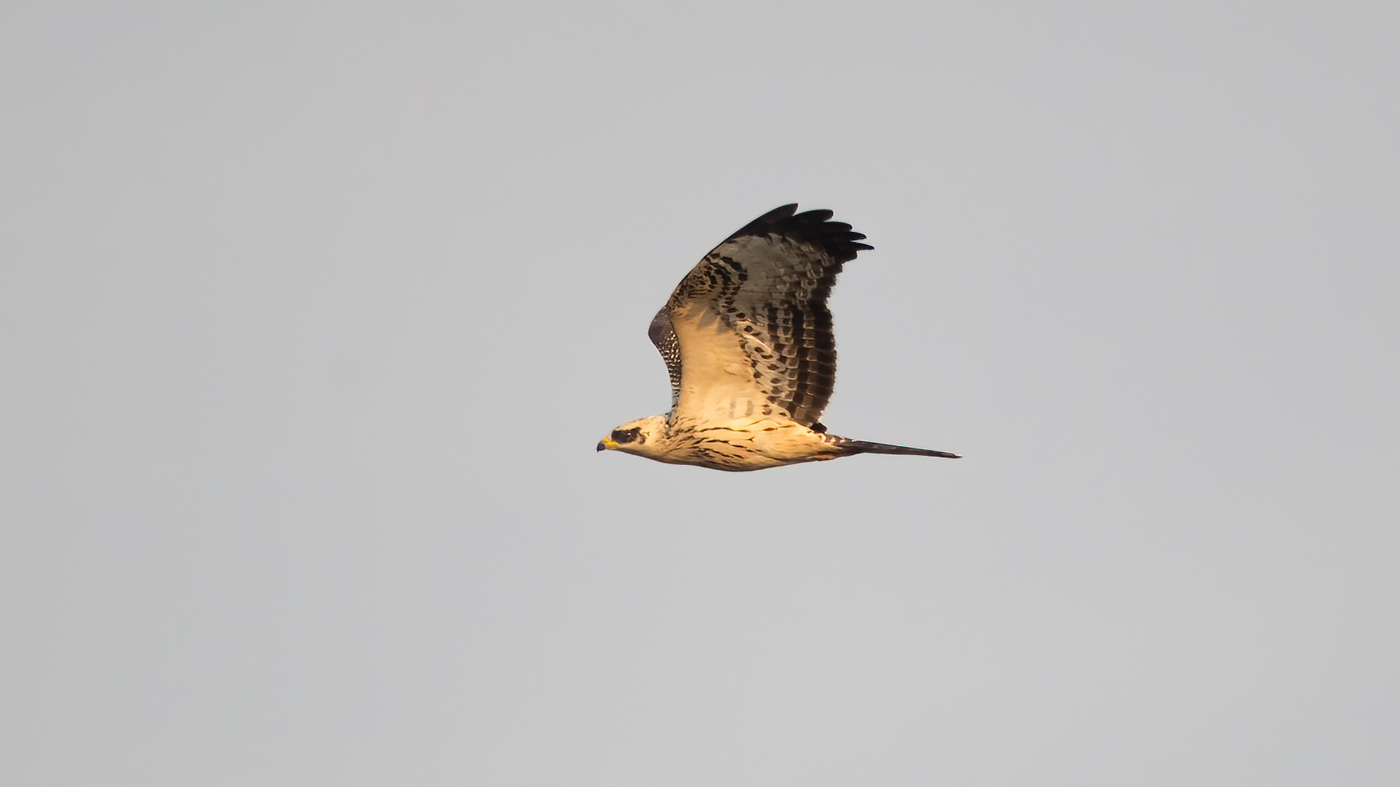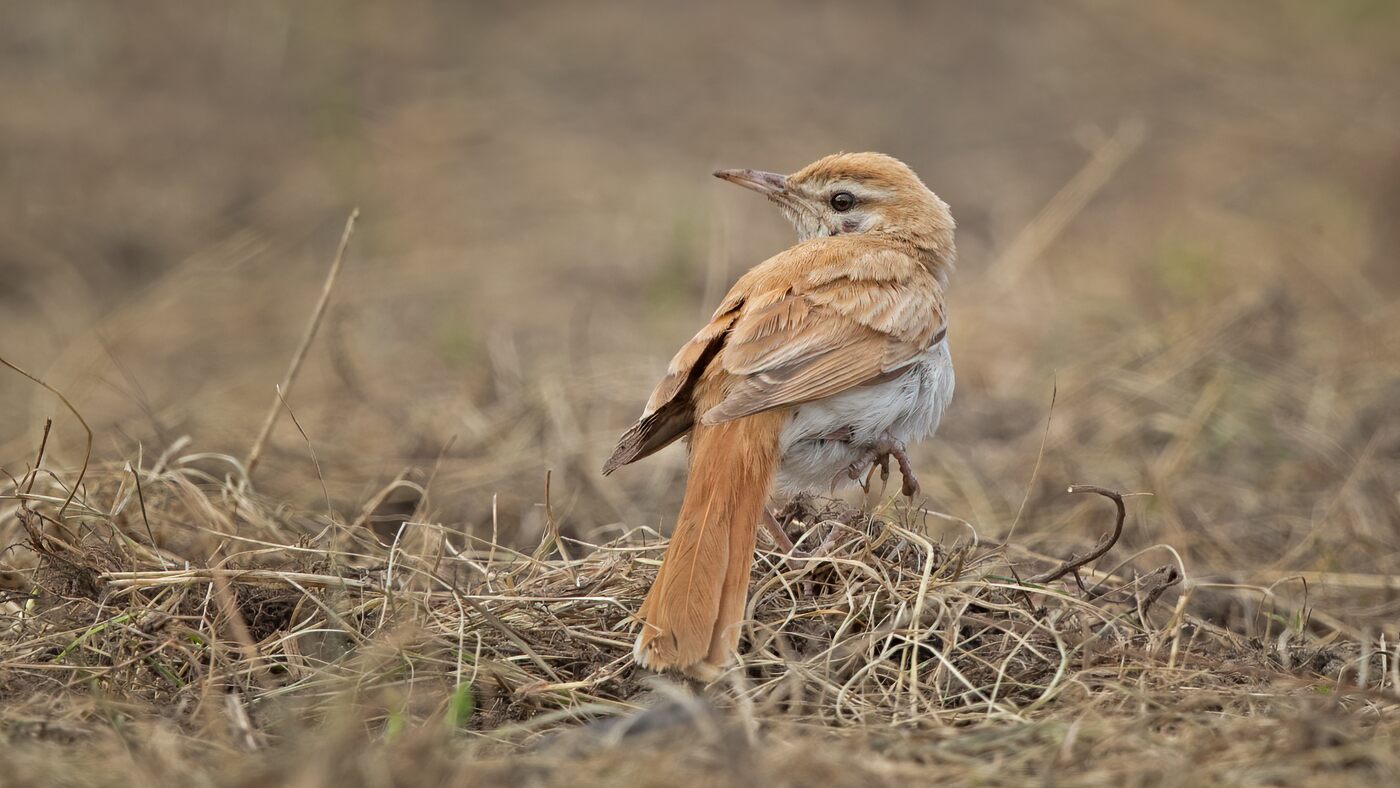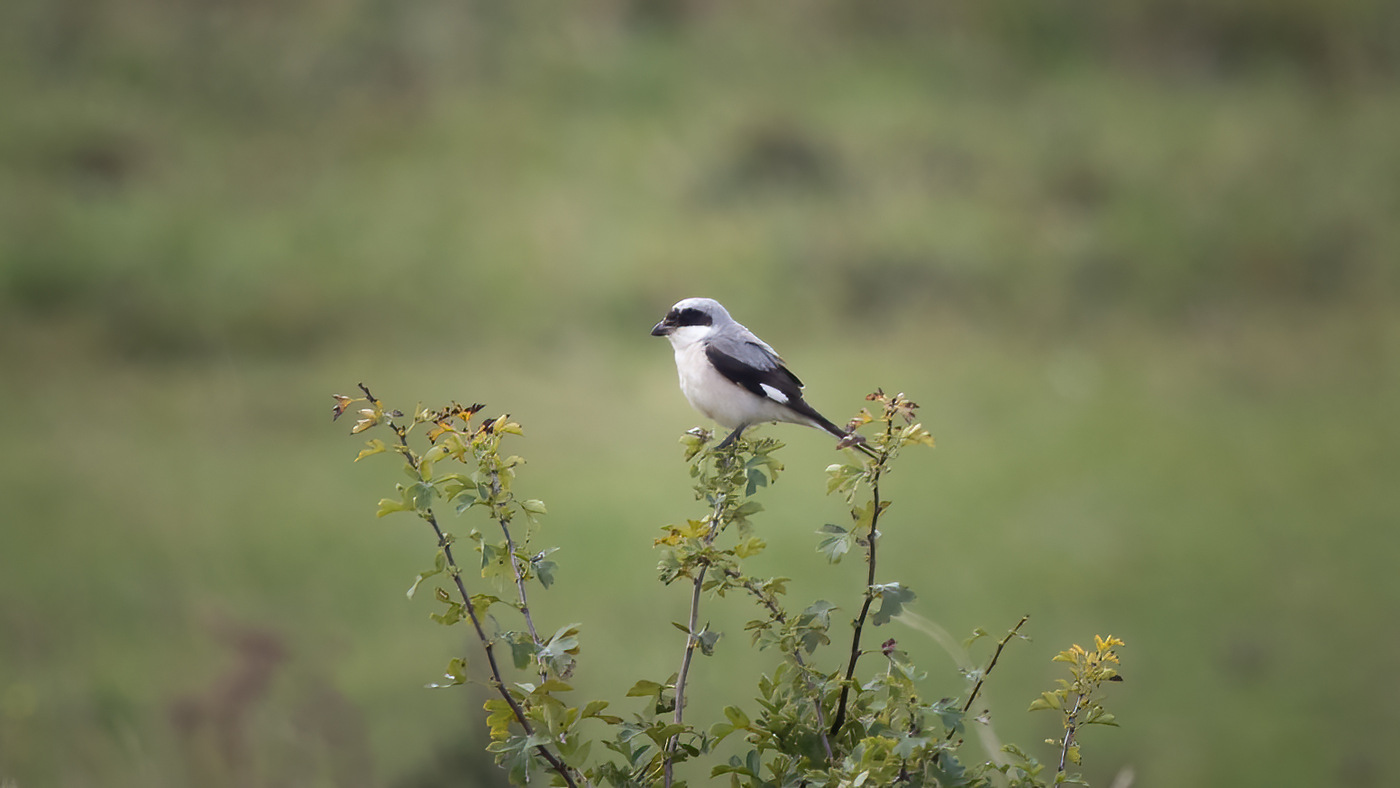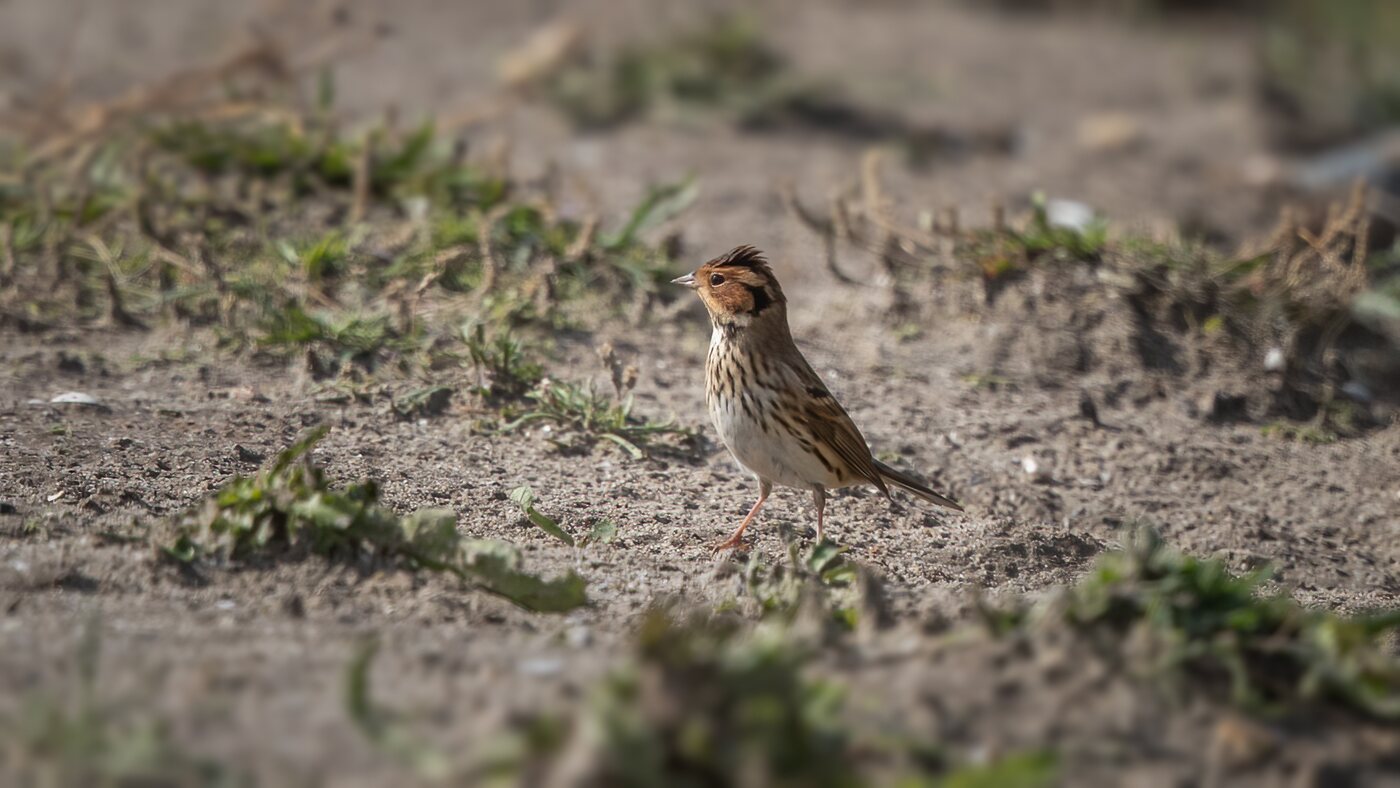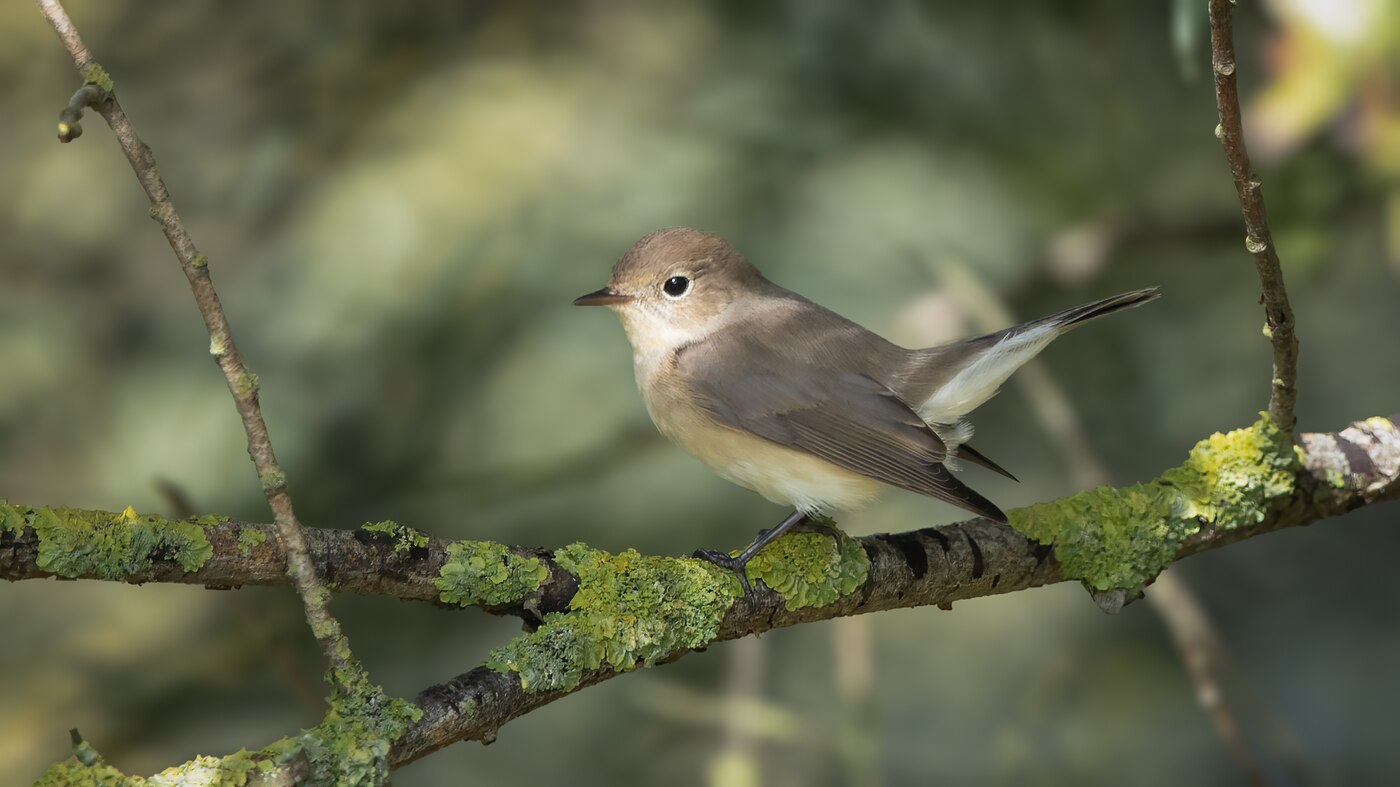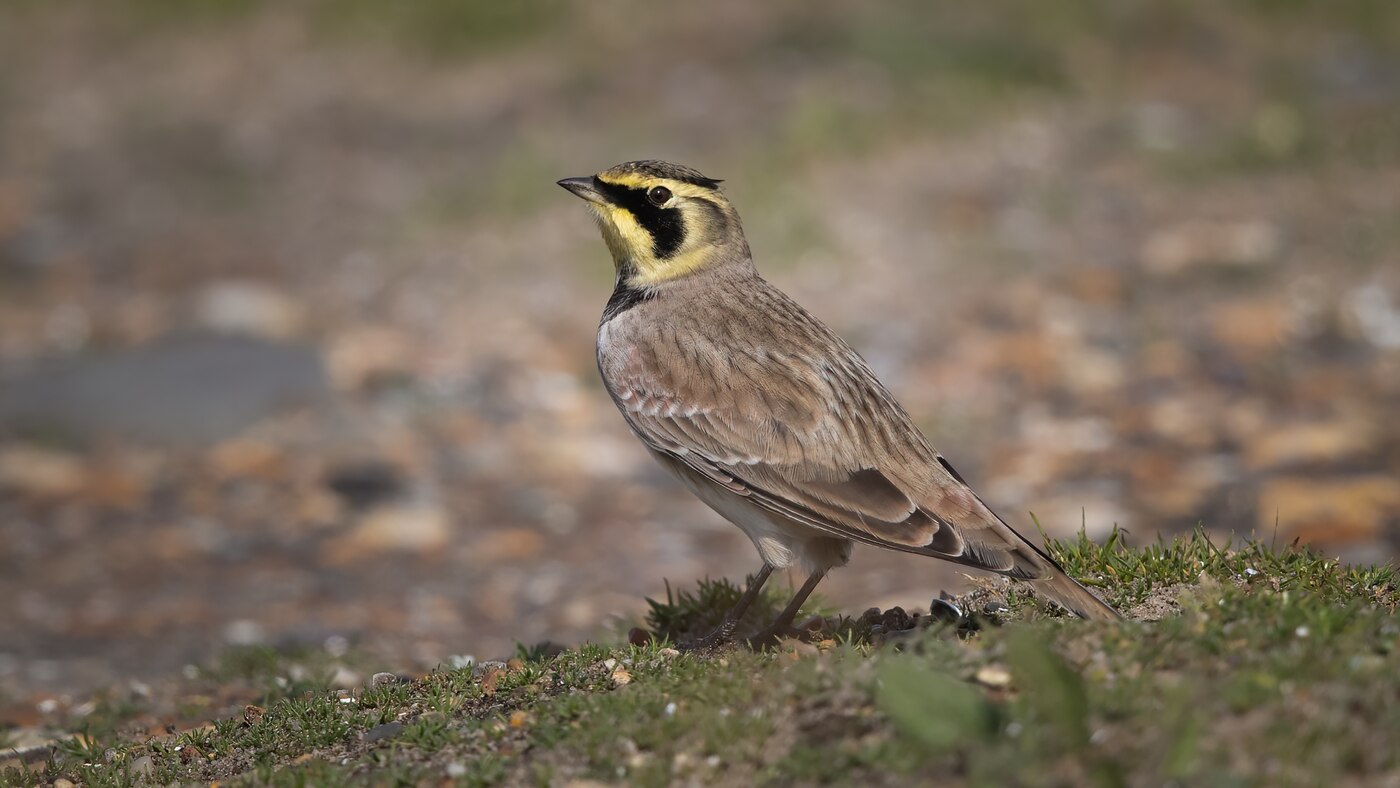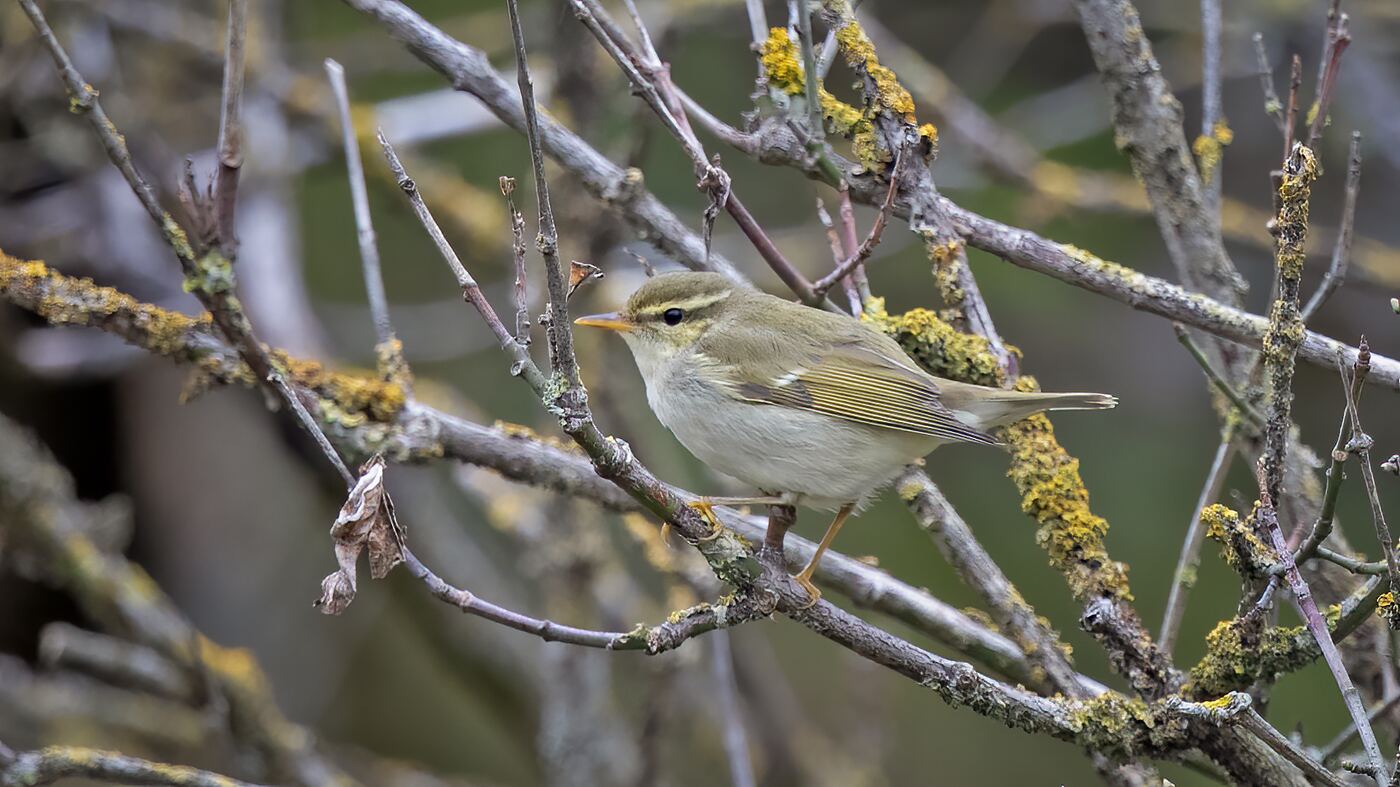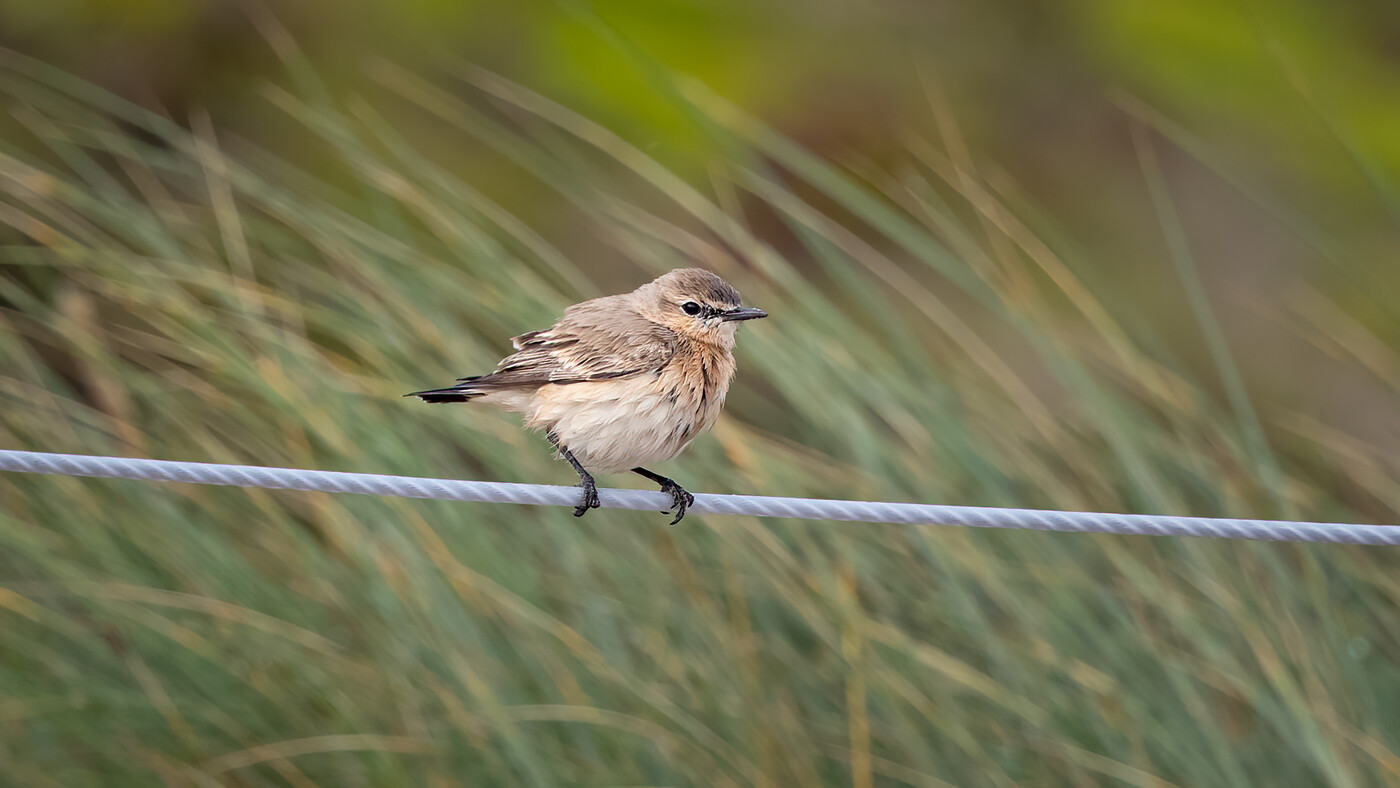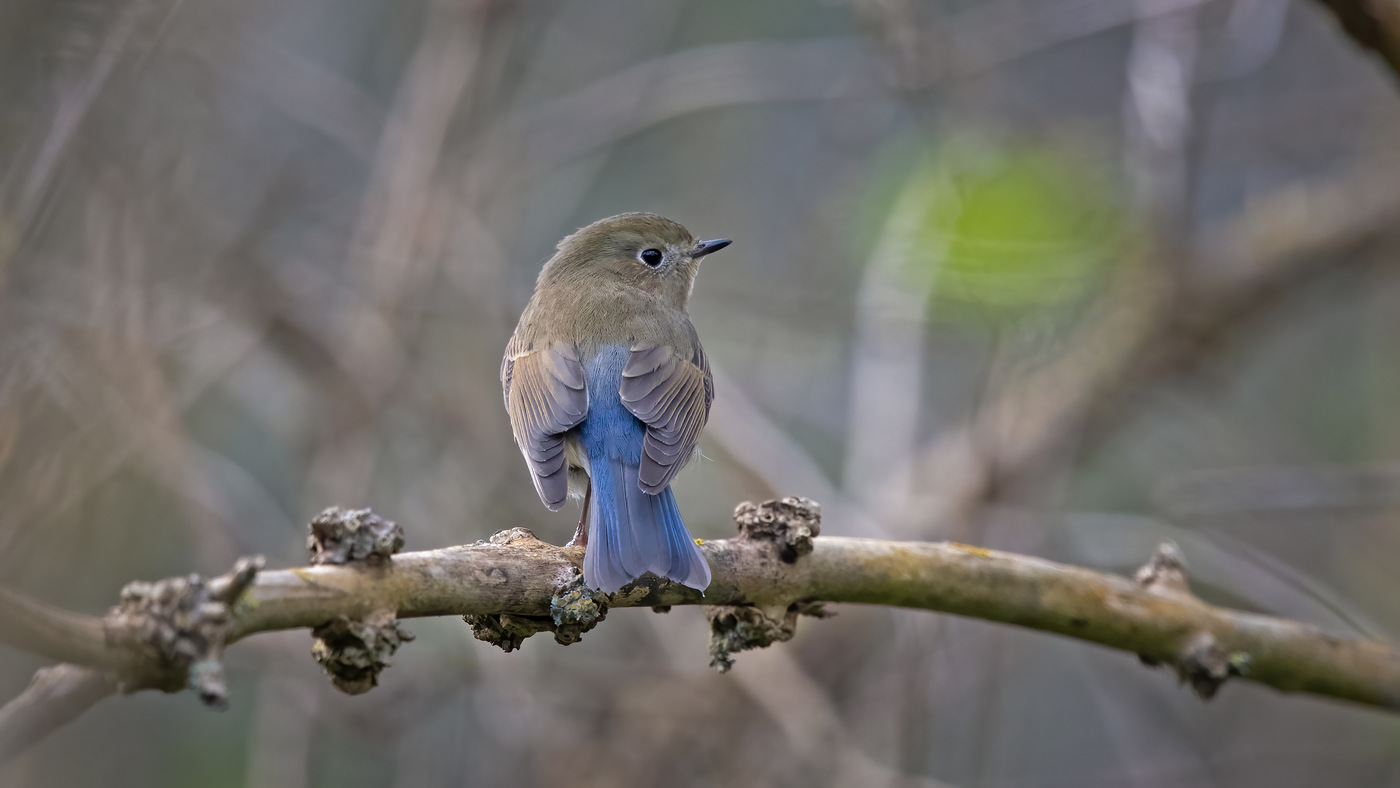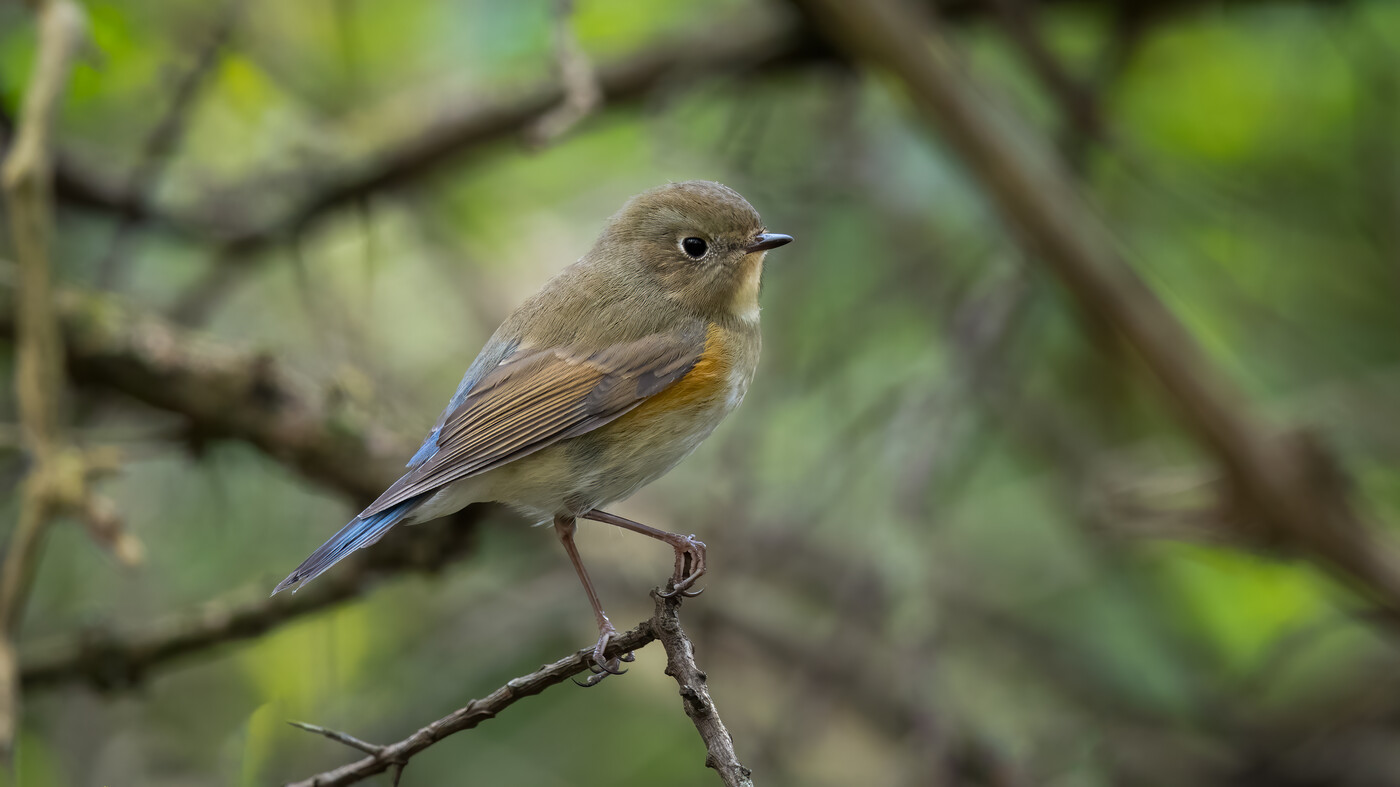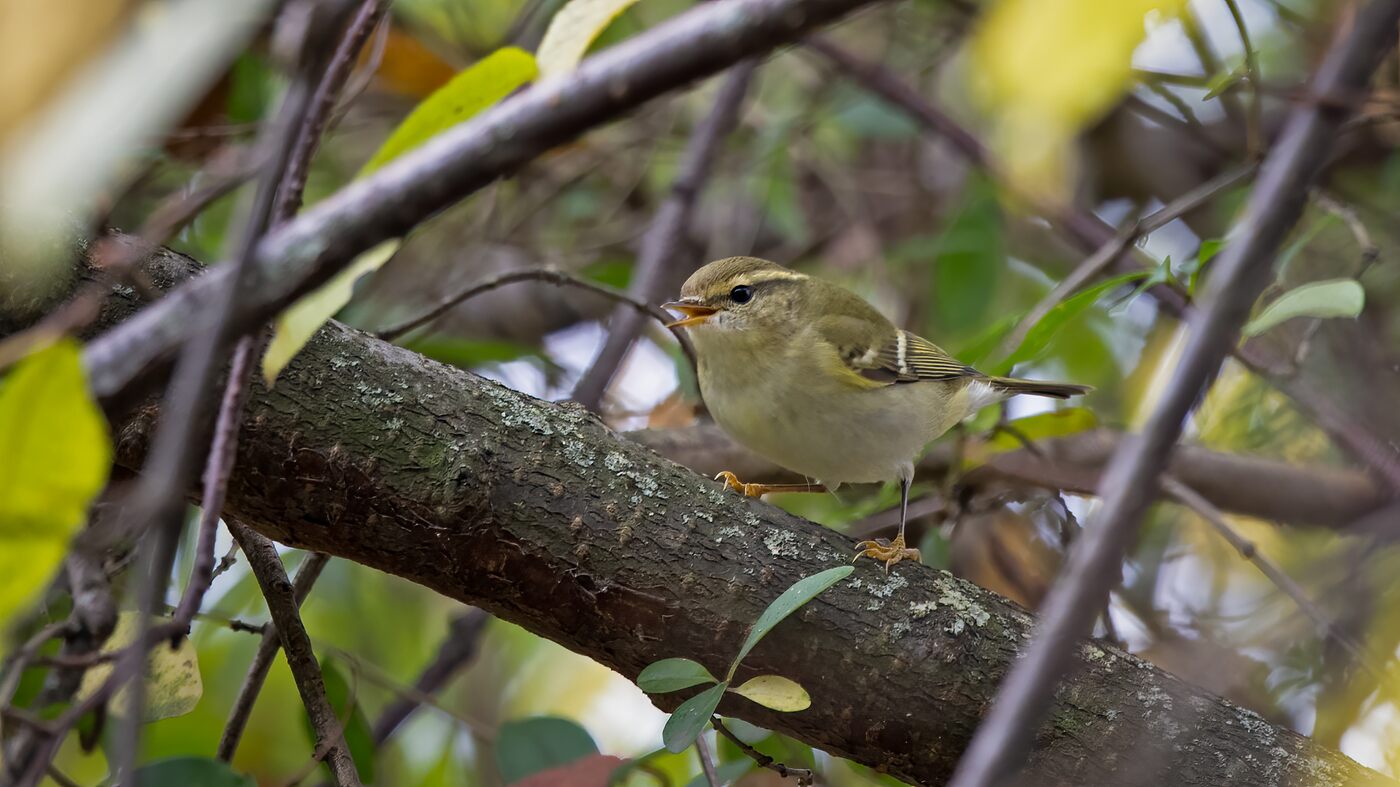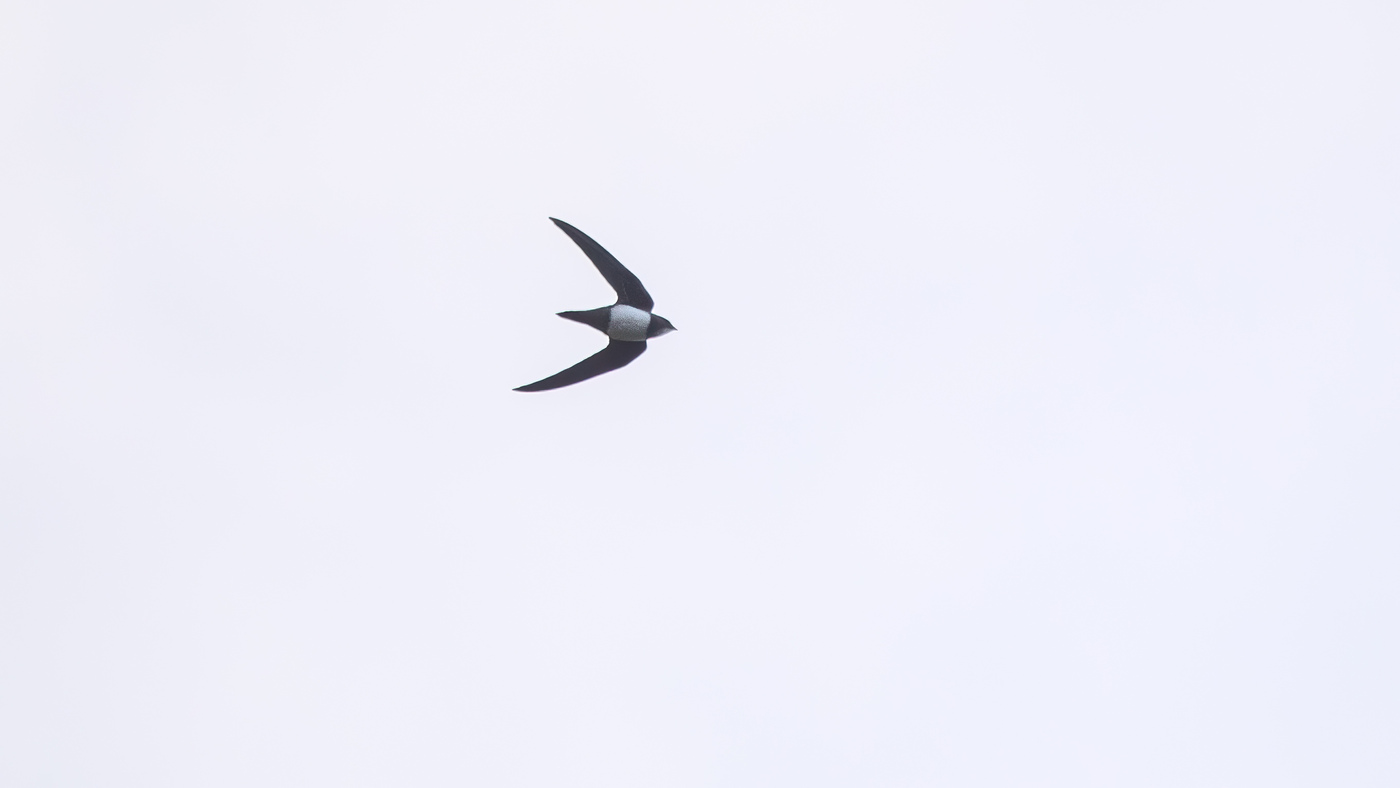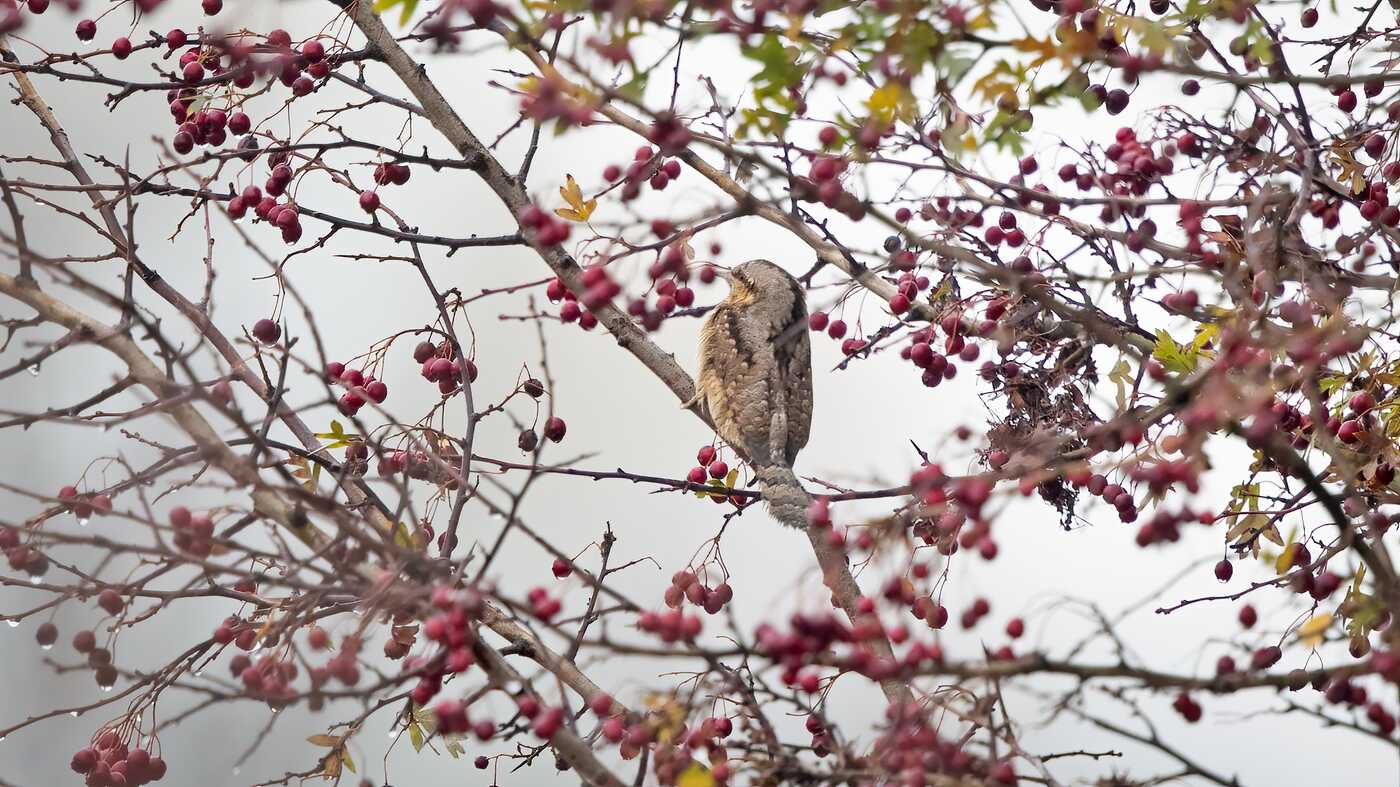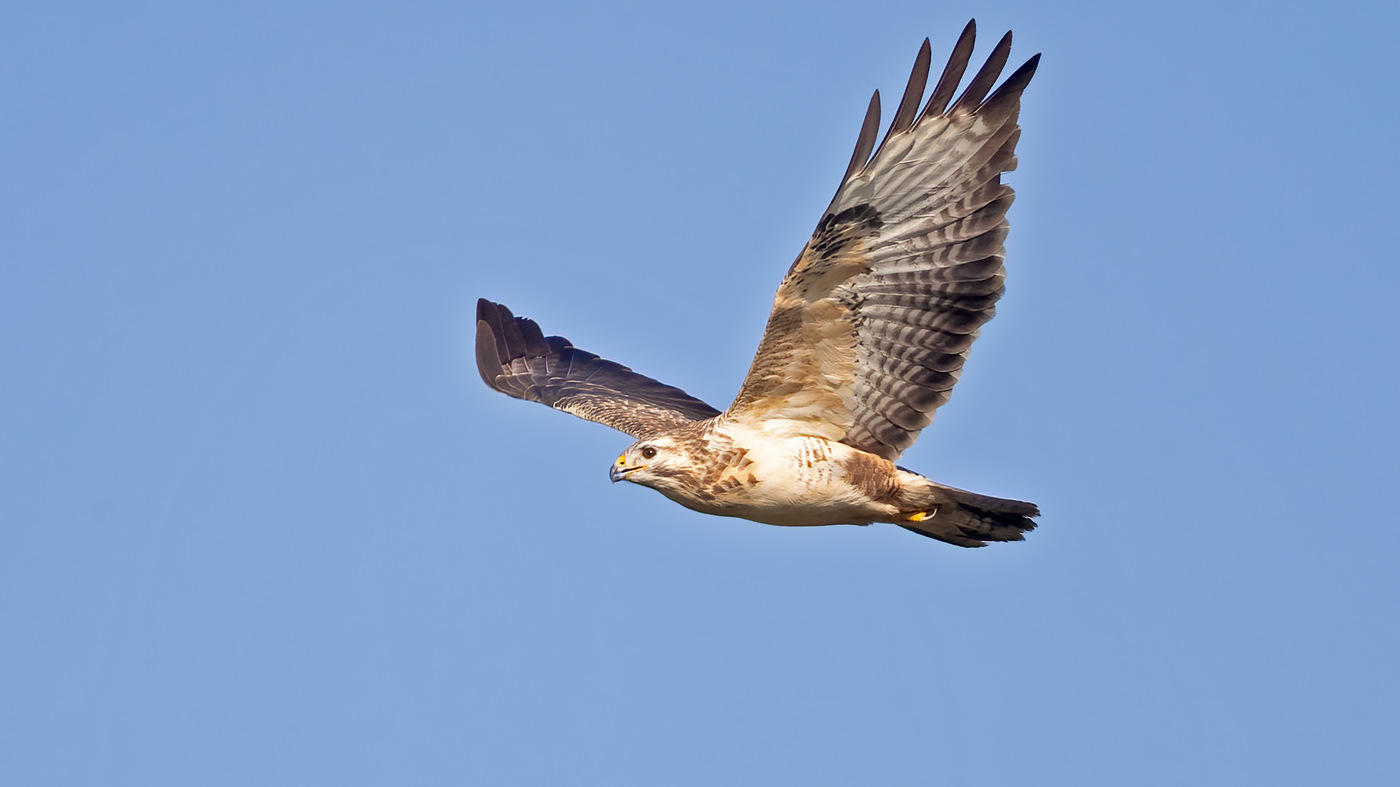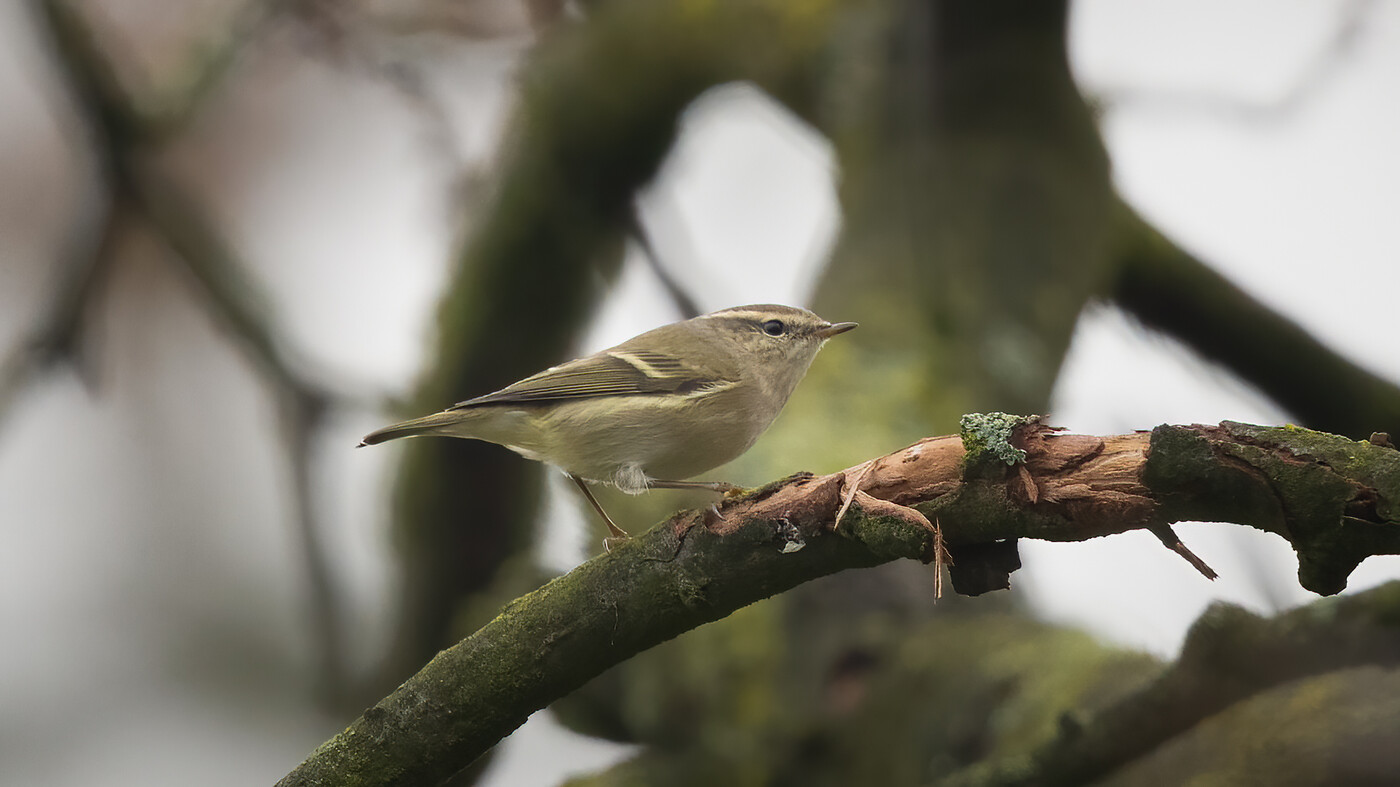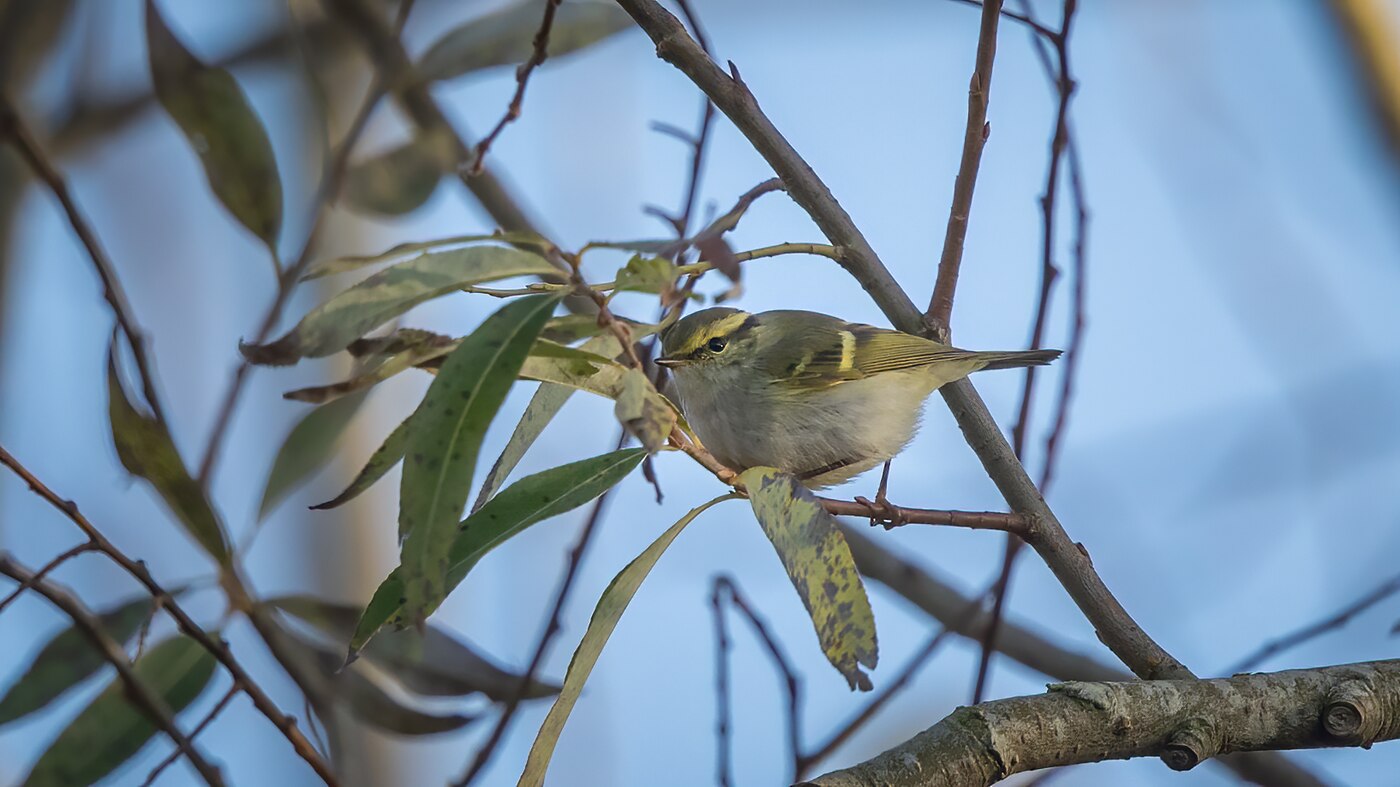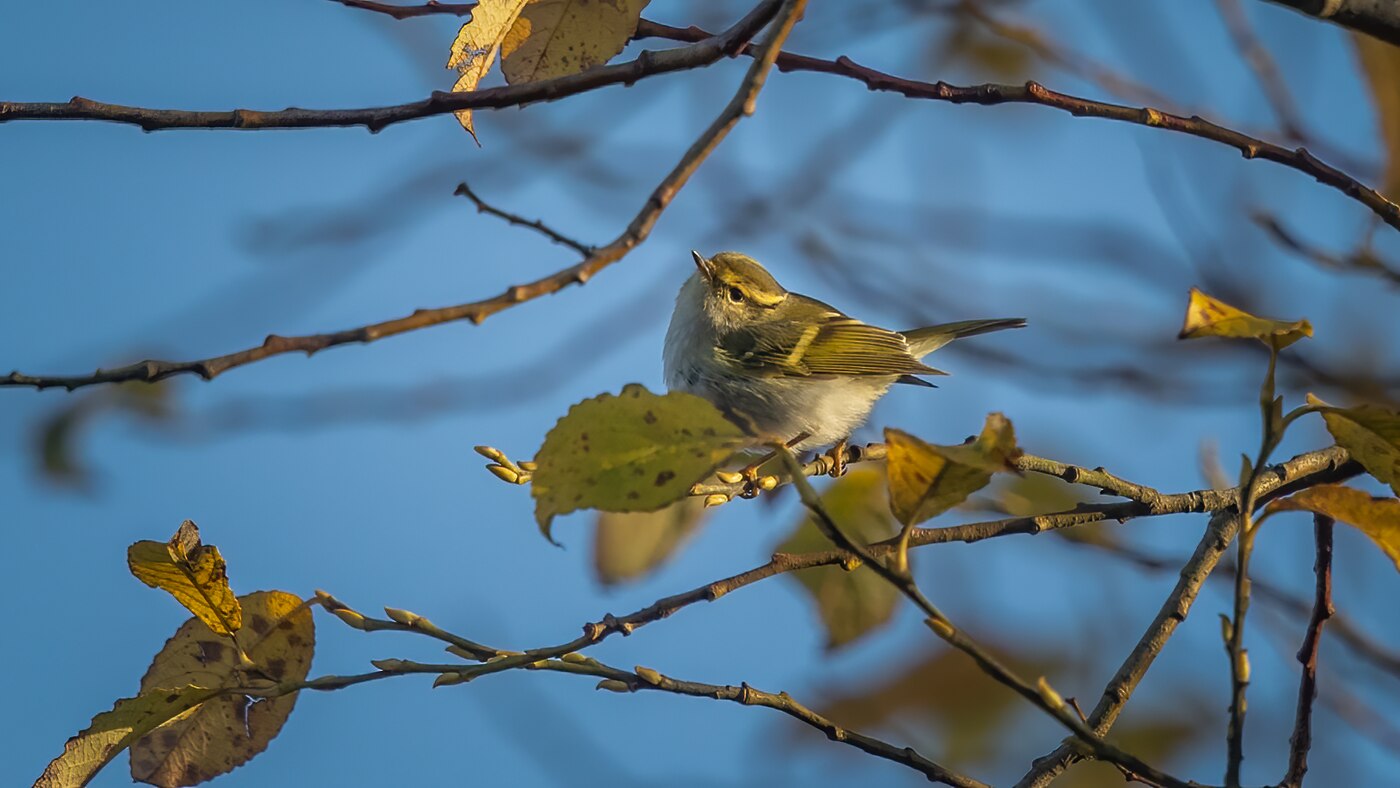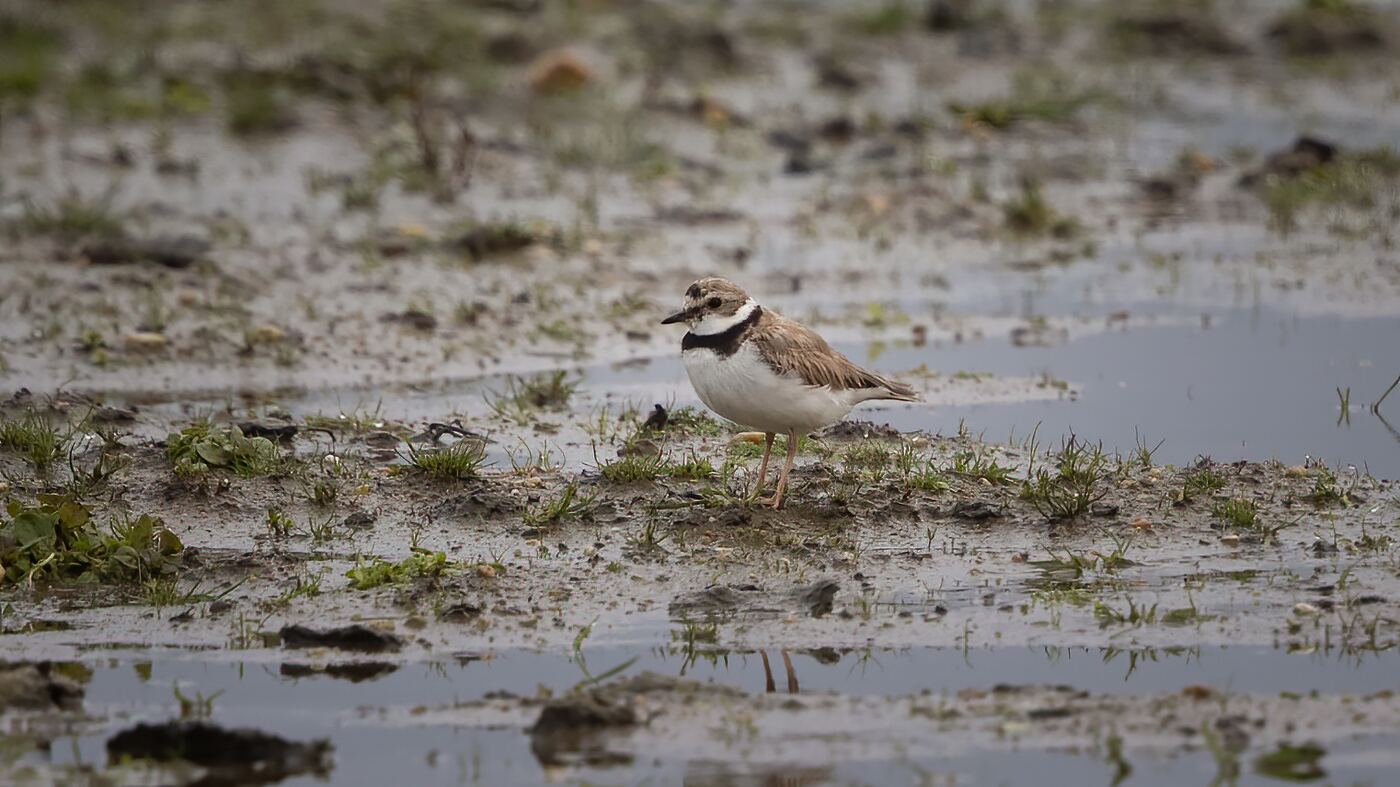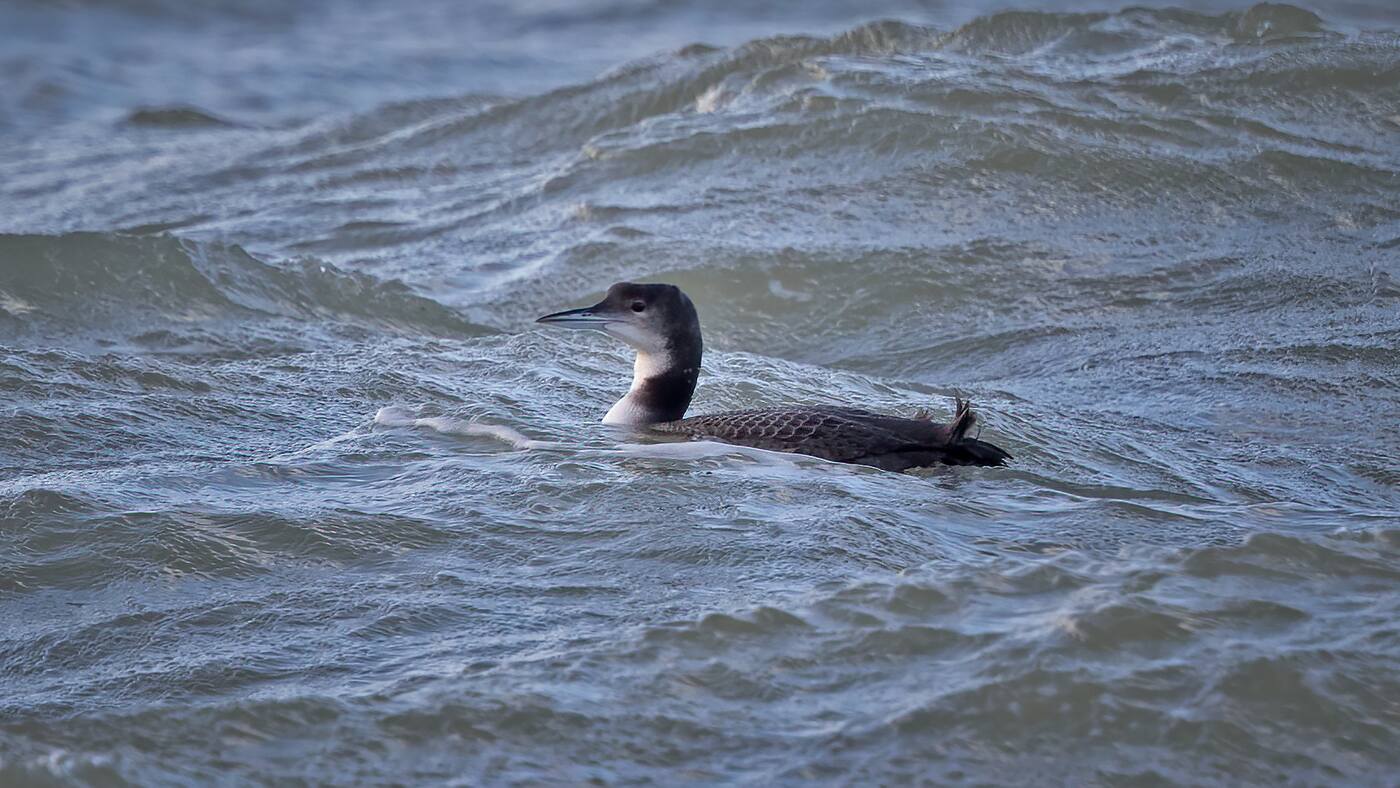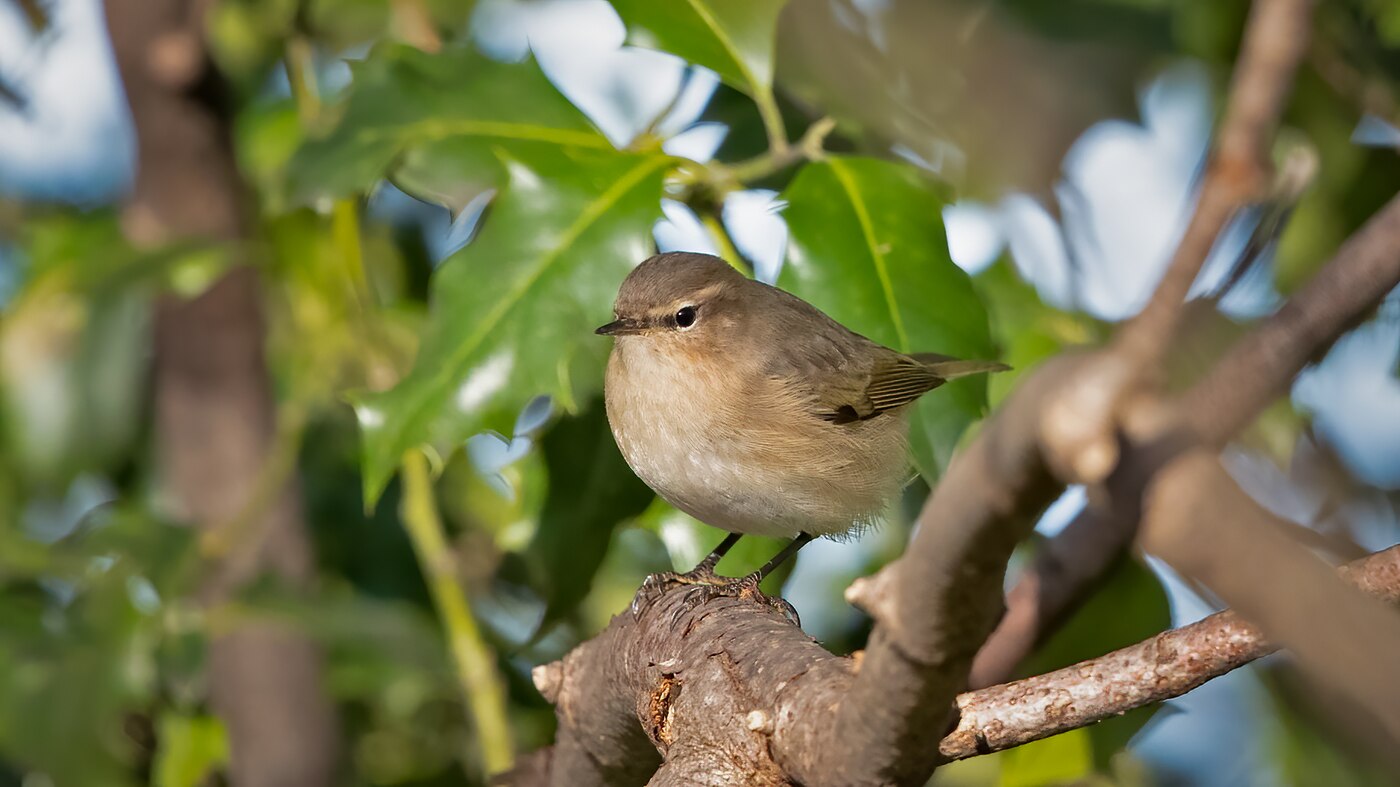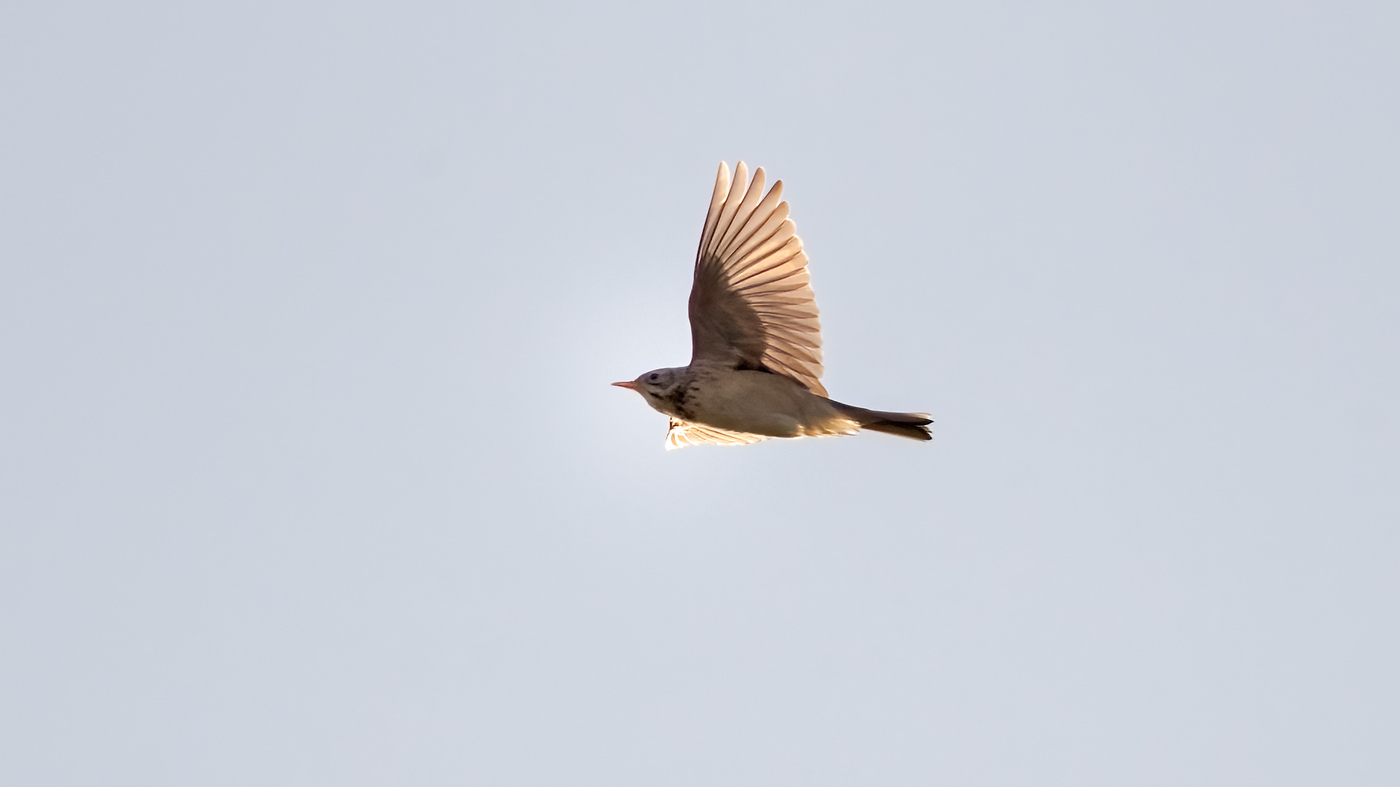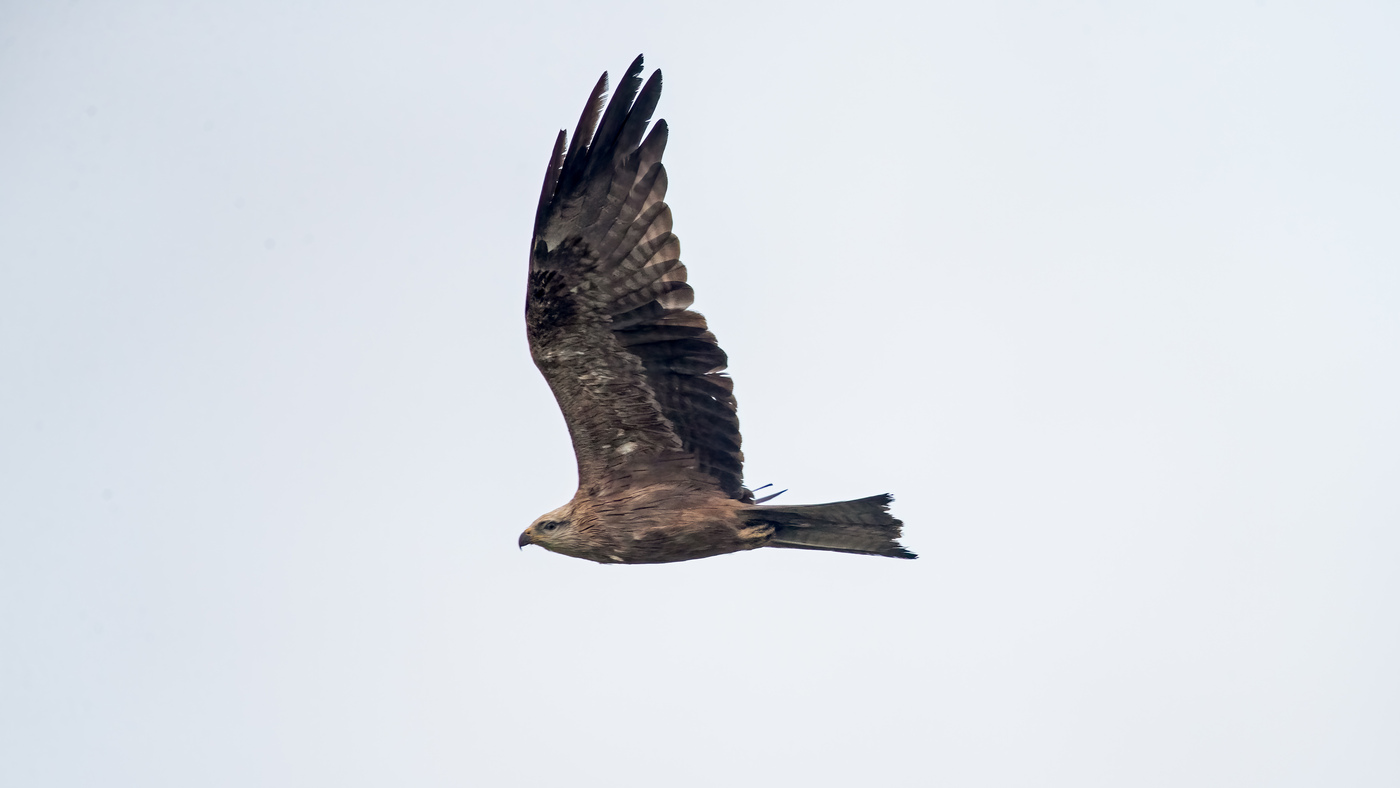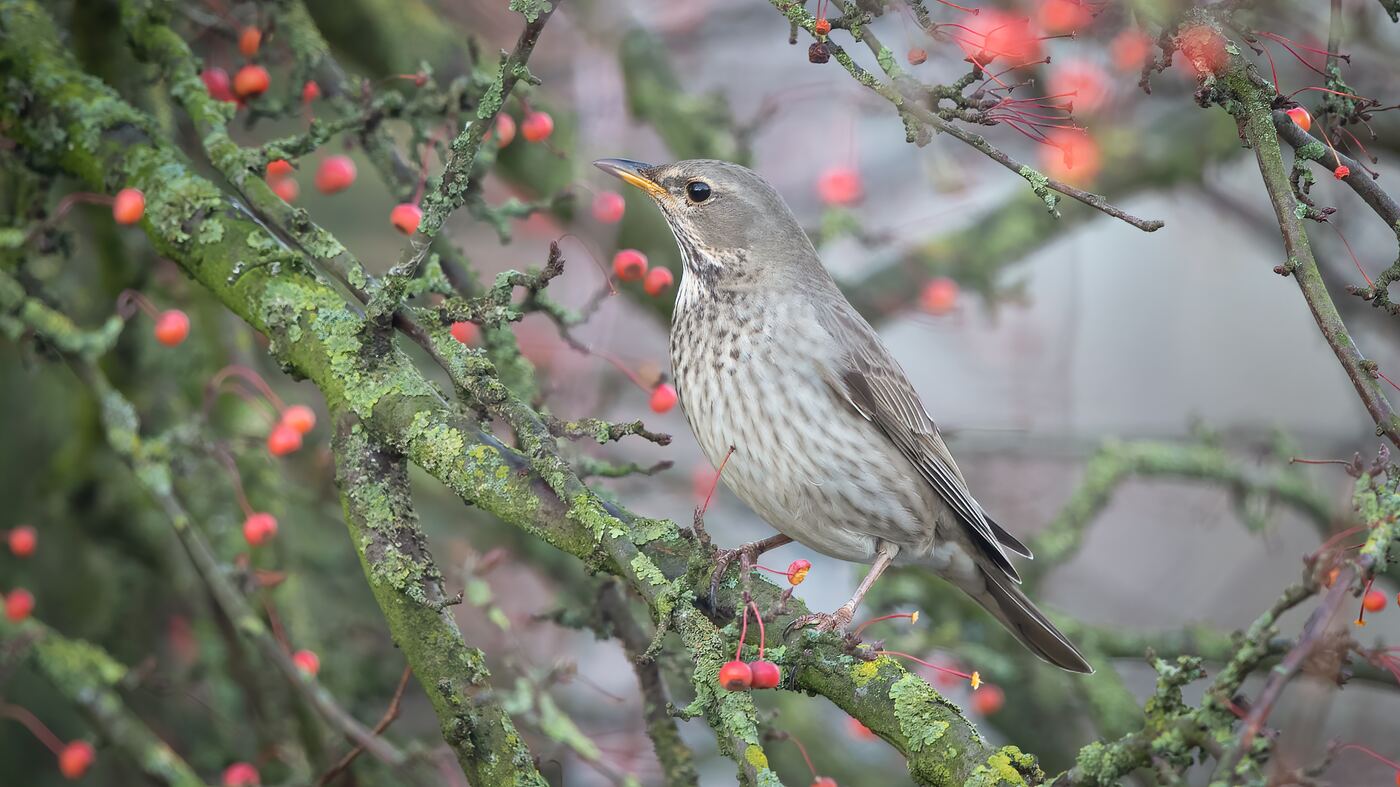2020 has become an extremely bizarre year, mainly dominated by the Corona virus. Nevertheless, there was still plenty of birding to do in the Netherlands. Outside the Netherlands this year birding was almost impossible and our usual trips to faraway places had to be cancelled. So no expansion of the world list. Let's look back at what we did see in our own country.
On January 1, our new bird year started with a visit to the province of Zeeland. We did not leave too early and it was not a Big Day as we often did before. On the Veerse Meer sat a Little Auk that counted for Maartje's monthly list. He was not too easy and it took us a while to find him. All 3 diver species, Red-throated Diver, Black-throated Diver and Common Loon, could be credited for 2020. An European Shag and a Long-tailed Duck are worth mentioning but furthermore nothing special was found. We ended the day with 53 species, a reasonable start but that had been better before. The next day we hit the road again. The Little Curlew that was discovered in December 2019 was still there. This certainly had to be done because it is a good month and year type. We found him pretty quickly and the first real stunner for the 2020 year list was noted. We went out a lot in January and that resulted in the following good species; Black Brant, Hooded Merganser, Glaucous Gull, Ferruginous Duck, Great White Pelican, Bohemian Waxwing, Crested Lark, and American Wigeon. We closed the month with 123 species, a good start.
February started with a Kentish Plover in the Kwade Hoek, which still counts for Maartje's monthly list. We also found 13 Lapland Longspurs here, always nice to have them on the annual list. The trip was extended with a Ross's Goose in the Vockestaert near Schiedam. A Zitting Cisticola was visited in Zeeuws Vlaanderen and he still counted for the monthly list, we also found a group of Snow Buntings here. A Sabine's Gull was visited in the Westhoek, a stunner for the monthly list. After a successful visit to an Oriental Turtle Dove in Sneek, also Red-breasted Goose, Short-eared Owl, Twite and Western Cattle Egret were added to the year list. On February 19, a Barn Swallow was found near the Gaatkensplas in Barendrecht, a bizarre type for month list. The next day he was fortunately still present and with that we now have the Barn Swallow in all months of the year, who would have ever imagined that. Other notable species for February were; Corn Bunting, Iceland Gull, Lesser White-fronted Goose and Light-bellied Brent Goose. Our annual list had grown to 152 species, we are half way down for the 300 species.
We entered March with not much trouble from the Corona measures. All observation reporting systems were still open. A Pied Crow who has been in the Netherlands for a quite some time was visited, the bird has yet to be accepted, which I do not give much chance to be honest. On the way to the Pied Crow we picked up our first Red Kite for 2020. The weather was not too good and the usual visits to the migration site on the Kamperhoek were limited. In mid-March, the situation around Corona began to deteriorate and the observation reporting systems were all shut down. Fortunately, the discovery of a Franklin's Gull was just in time, for Maartje a new species for the Netherlands. An Eurasian Eagle-Owl who stays near us was visited. Finally we were able to add the Black Kite to our March list. And this was actually it for March. Uden, where we live, was hit hard by the Corona virus and we were literally at the centre of the crisis. March ended with 175 species for the annual list.
On April 2, a Hooded Merganser was visited that still counts for the monthly list. On the way to a Snow Goose in Brabant we heard that a Black-throated Thrush had been discovered in Utrecht. We were nearby and the bird was quickly found. The Snow Goose was also quickly added to the list. On April 5, the conditions were extremely good for a visit to the Kamperhoek. At 6.30 am we were present on the dike and as usual it was very cold. The birds didn't care and it flew very well. Good species such as Eurasian Penduline Tit, European Serin, Ring Ouzel, Black Kite and Common Crane were noted. For a complete summary of the count click here. A Yellow-billed Loon that was found near Ouddorp was done on April 7, the bird still counts for our monthly list. On the way back the Maasvlakte was visited which resulted in a Horned Lark. A female Lesser Scaup was visited on the Nuldernauw, the first female case for the Netherlands. On April 23, Teun van Kessel found a Eurasian Hoopoe near our migration site “De Brobbelbies Noord”. A good new region type and it also counts for the annual list. We were unfortunately unable to visit a Bonelli's Eagle and a Black-headed Wagtail that were seen in the Netherlands at the end of April (and were twitchable)?. April ended with 223 species for the annual list.
On May 3, a Jack Snipe and a Razorbill were visited for the monthly list. On May 4, a Western Bonelli's Warbler was discovered on the Leende Heide, which still counts for our Brabant list. On May 9, we visited the province of North Holland. An Iberian Chiffchaff in Haarlem was visited and a Melodious Warbler near Spaarnwoude. The day ended with a Corn Crake sitting in a suburb of Amsterdam. A lot of work was done on the annual list on May 16. We started with a Woodchat Shrike in Schoorl. Then an Eurasian Stone-curlew was done near Elst. A Red-throated Pipit was nicely seen in the Netterdensche Broek. The day ended with a Corn Bunting at our own migration site “De Brobbelbies Noord”. The next day we drove to the province of Groningen and on the way a Little Crake was visited near Steenwijkerland. In the outer dike area of the Dollard near Termunten, a Buff-breasted Sandpiper was added to the list. We also searched in vain for a Pallid Harrier but we did find several Montagu's Harriers. Then we visited the Whiskered Terns at the Zuidlaardermeer. On the way back to Uden, a Glossy Ibis was added to the list near Mastenbroek. On May 21, we drove north again, now to the province of Friesland. On the way, a River Warbler was visited in the Weerribben. It turned out to be a nice day of birding with species such as Eurasian Dotterel, Broad-billed Sandpiper and Pectoral Sandpiper. On the way back to Uden, while we were driving about near Apeldoorn, a report came in of a Steppe Eagle flying above Middelburg. Too far to do anything, we thought, but just to be sure the tank of the car was filled with petrol if the bird landed somewhere. Once back in Uden, we were just in the garden opening the bags of our chips, when a message came through that the Steppe Eagle had landed in the region of Goes. This was around 7.30 pm, however, there was no doubt and our equipment (and the chips) were thrown into the car and the ride to Goes started. With fifteen minutes to go, a beep came that the bird had flown, it will not be true…. Fortunately, the Steppe Eagle was found back fairly quickly in a field and we were able to join the group of birders already present. The Steppe Eagle still counts for our Dutch list. The month of May continued to produce good varieties such as; European Bee-eater, White-throated Dipper, Blyth's Reed Warbler, Black-crowned Night Heron, Griffon Vulture, Common Rosefinch , Roseate Tern and Little Bittern. On May 31 the counter was at 272 species for the annual list.
The month of June started very quietly as we are used to. This changed on June 10 with the report of a Green Warbler on the island of Texel. There was no hesitation and we immediately drove to Den Helder with the aim of catching the 10.30 am ferry. The traffic cooperated well and around 11.15 am we were in the Krimbos with a large group of bird watchers. The Green Warbler had not been seen for a while and as time went on our chances seemed to decrease. Fortunately around noon the bird was heard and after that it was nice to see for a long time. The Green Warbler is only recorded twice in the Netherlands and also new to our list. A King Eider was done as a bonus for the monthly list. On June 11, a Pomarine Jaeger and a Siberian Chiffchaff were visited for the monthly list. On June 17 we were in Hall in the Veluwe where 2 adult Rosy Starlings had their picture taken. On the way back to Uden the Short-toed Snake Eagle of the Deelensche Veld was visited and a flying Black Stork was eagerly noted. On June 19 we were back in the north where a Baillon's Crake was credited in the Zuidlaardermeer. In the Lauwersmeer we saw a Terek Sandpiper and a Marsh Sandpiper. With a European Nightjar our annual list had grown to 285 species at the end of June.
July 1 was all about the monthly list. A Roseate Tern in the Putten near Petten and a Blyth's Reed Warbler in the Lauwersmeer were visited. On July 9, a Black-winged Kite was done in Limburg, the bird counts for both the monthly and annual list. Then we drove to Utrecht for a Rosy Starling which still counts for the monthly list. On July 11 we were finally able to note the Eurasian Hoopoe for the July list and with that we now have it in all months. It turned out to be a good day because a Great White Pelican was also added to the monthly list and this species has now also been seen in all months. On July 12 a Long-tailed Jaeger was visited in Ridderkerk, the bird counts for the monthly and annual list. It would remain the only Long-tailed Jaeger of 2020 for us. On the way back to Uden the Bufflehead was done in the Biesbosch for the annual list. On July 23, the island of Texel was visited for a White-rumped Sandpiper. The next day we drove to the Drowned Land of Saeftinghe to see a Spotted Sandpiper after a long walk. The bird still counted for Maartje's monthly list. Noteworthy for July are species such as Gull-billed Tern and Pallid Harrier, at the end of the month the counter stood at 294 species.
The beginning of August was mainly spent on our migration site “De Brobbelbies Noord”. On August 9 a Little Crake was visited in Budel, the bird still counts for our monthly list and for the Brabant list. On August 11 an Aquatic Warbler was visited in the Eendragtspolder near Zevenhuizen. In search of a previously reported Spotted Crake, we encountered a Corn Crake who allowed himself to be photographed. Later we were also able to note the Spotted Crake. On August 13, we decided to go to our migration site late in the afternoon. A good decision because after fifteen minutes of posting we found the first Short-toed Snake Eagle of our migration site. On August 15 we started the day at the migration site and the first Tawny Pipit of the year was seen. While we were on the migration site, a report was made of a possible Oriental Plover near Westkapelle. We decided to wait and see whether it was a certain report, but in any case we left to fill the tank of the car. Not much later the confirmation came that it indeed was an Oriental Plover but the bird was no longer at the previously reported location. We decided to drive straight to Westkapelle, which turned out to be a good move. The bird was found in a field and from a distance we also saw this new species for the Netherlands. On August 23 we saw an adult male Red-footed Falcon at the migration site, which put our annual list to 301 species at the end of August.
A westerly storm lured us to the island of Texel on September 5. The sea migration was a bit disappointing, but we were able to record a Manx Shearwater (our only one this year) and several Sooty Shearwaters. Not a single Skua was seen, remarkable. On our way back to Uden we were lucky to get a Black-winged Pratincole. The bird was reported 15 minutes away but we still had to search a lot before we saw it. On September 16 we saw our third Rufous-tailed Scrub Robin for the Netherlands near Almere. On September 26, a Lesser Grey Shrike was visited in the Rijnstrangen. The next day we had to hit the road again for a Sociable Lapwing near Huissen that still counts for the monthly list. From the Sociable Lapwing we drove to the Maasvlakte. Here Red-breasted Flycatcher, Little Bunting and Yellow-browed Warbler were added to the annual list. We could not ignore a Horned Lark for our monthly list. The month ended with an Arctic Warbler in the dunes near Katwijk. The counter now stood at 312 species.
October couldn't start better. An Ortolan Bunting on October 2 at the migration site still counts for the monthly list. However, the count was quickly interrupted by the report of a real White's Thrush! The bird was located near Ouddorp and was seen regularly. We immediately set course for Ouddorp and almost upon arrival we also saw the White's Thrush. The bird is almost only occasionally seen flying, but I still manage to make a picture when it briefly sat down in a tree. The White's Thrush still counts for our Dutch list. The Dutch Birding Texel weekend starts on October 9 and we were also there again. It was a good weekend for the annual list, we noted Red Phalarope, Dusky Warbler, Parasitic Jaeger, Isabelline Wheatear, Red-flanked Bluetail and Lesser Redpoll. We were also very happy with a self-discovered Sedge Warbler which still counts for the monthly list. October 14 and 15 was spent entirely at the migration site. There were good conditions for the migration of Common Buzzards and there was also a good supply from far north. On October 14 it went wild and we counted 1273 copies that day, which meant a new Dutch day record. For a complete summary of the count click here. The numbers could not be finished yet and the next day I was again with first light on the migration site. Until 4 p.m. we counted 575 specimens and the haul seemed to be decreasing. Most of the counters went home but I stayed behind with Teun van Kessel. At 4.03 pm we received an app that from Nijmegen hundreds of Common Buzzards were observed flying in a south-westerly direction. Our expectations rose to a peak and at 4.23 pm we saw the first Common Buzzards coming towards the migration site. Then it bursts loose and in no time we saw 3 large kettles in front of the migration site. The largest kettle was estimated at 450 birds and the other 2 around 300. However, new birds were still arriving and the kettles were already starting to decline. We tried to count the birds as well as possible, but that was not easy. In about 40 minutes we counted around 1100 Common Buzzards! After that, the numbers started to decrease rapidly and we took stock at twilight. No less than 1776 Common Buzzards were on the list!! We thought again a new Dutch record, but it appeared that the migration site of Oelemars had 17 specimens more than us. We didn't really care after this bizarre experience. I don't think I will ever be able to experience this again at our site, but who knows… .. For a complete overview of the count click here. The Maasvlakte is visited on October 16 for a Barred Warbler and a Red-flanked Bluetail, the Red-flanked Bluetail is nicely photographed. On October 19, Maartje breaks her right arm. After X-rays in the hospital it appears that the arm does not need a cast, that makes a difference. We do have to take into account a recovery time of 2 to 3 months. Then a Blackpoll Warbler is reported on the island of Texel on Sunday October 25. Maartje has an appointment in the hospital the next day for X-rays of her arm. We decide not to go and wait for the outcome of the X-rays. The next day in the hospital we get good news and the Blackpoll is also reported. We immediately drive to the island of Texel where we join a nervous group of birders because the bird has not been seen for quite some time. In addition, the weather is not too good and now and then we are treated to a heavy shower. When we almost give up, the bird is suddenly discovered again and after a short sprint we now see the Blackpoll Warbler! What a blast! After the excitement we also pick up a Pallid Swift on the island of Texel. With these species we close the month and the counter now stands at 323 varieties for 2020.
November couldn't have started better with an Alpine swift in Eemshaven, the bird still counts for Maartje's Dutch list. On the way to the Alpine Swift we saw several Barn Owls which still counts for the annual list. On the way back to Uden we received an app that there was an Eurasian Wryneck near Ochten. This was along the route, but we would have liked to make a detour for this month's stunner. On November 7 we visited a Black Kit in the point of the province of North Holland, another good month species. On the way back we drove along the Keent to visit a reported Little Ringed Plover, another bizarre month species of the year. On November 17 we drove to Paesens where we searched in vain for an Eyebrowed Thrush, we were a day too late ?. We do note here a Long-eared Owl which still counts for the annual list. On November 27 a Hume's Leaf Warbler was visited in Geldermalsen. On November 28, a Pallas's Leaf Warbler was visited in the Dintelse Gorzen. This is a new Brabant variety for our list and also an annual variety. We close the month with a Siberian Chiffchaff in Prinsenbeek, this is my 300th species for Brabant! The counter is at 328 species.
The month starts on December 1 with a Little Ringed Plover which counts for the month list. It is even the first Little Ringed Plover ever in the Netherlands in December. After the Little Ringed Plover we drive to the Zegenpolder in Rhoon. Here is still present the Red-throated Pipit from last month. We have to search a lot, but this species can also be added to the monthly list. On December 6, we did a Common Tern for the monthly list in Kornwerderzand. Then we searched in vain for a Black Kite in the vicinity of Den Oever. On December 10 we were looking in the Kwade Hoek for a Blyth's Pipit that still counts for the year and month list. After a few hours of searching we finally find him. The annual list has thus grown to 329 species. On December 16, a Zitting Cisticola was listed for the month. We have not yet forgotten the Black Kite and on December 17 we can easily add it to the monthly list. The Black-throated Thrush of the spring is back in Utrecht (or never left) and we have to do it for the monthly list. On 20 December we receive a tip that there is a Ring Ouzel in the Ooijpolder. There is no doubt and we immediately drive towards the Ooijpolder. After about 5 minutes we found the bird that still counts for my monthly list, Maartje had it before. After this our birding year came to an end. This means that this years score stands at 329 species.
It was certainly not a bad year for birding. It is the fourteenth year in a row that I get the 300 varieties. Our Dutch list also has grown a bit again. The monthly list gets harder, but of course it is getting more and more difficult. The world list almost came to a halt due to the cancellation of our foreign trips. The increase is mainly due to the splitting of species. Here is an overview of the new species for the Dutch list:
Toy
- Green Warbler (still to be accepted)
- Steppe Eagle (still to be accepted)
- Oriental Plover
- White's Thrush (still to be accepted)
- Blackpoll Warbler (still to be accepted)
Maartje
- Franklins Gull
- Green Warbler (still to be accepted)
- Steppe Eagle (still to be accepted)
- Oriental Plover
- White's Thrush (still to be accepted)
- Blackpoll Warbler (still to be accepted)
- Alpine Swift
Here is an overview of the lists that we keep:
Toy
- Life list the Netherlands 460 species (increase of 3 compared to 2019)
- Life list World 3747 species (increase of 10 compared to 2019)
- Total eternal monthly list 3529 (increase of 37 compared to 2019)
- Jaarlijst 2020 329 species
Maartje
- Life list the Netherlands 453 species (increase of 5 compared to 2019)
- Life list World 4474 species (increase of 11 compared to 2019)
- Total eternal monthly list 3490 (increase of 48 compared to 2019)
- Year list 2020 329 species
In 2021 we will try the 300 varieties again. West Papua is again on our travel agenda.

